Current Seminars


Past Seminars
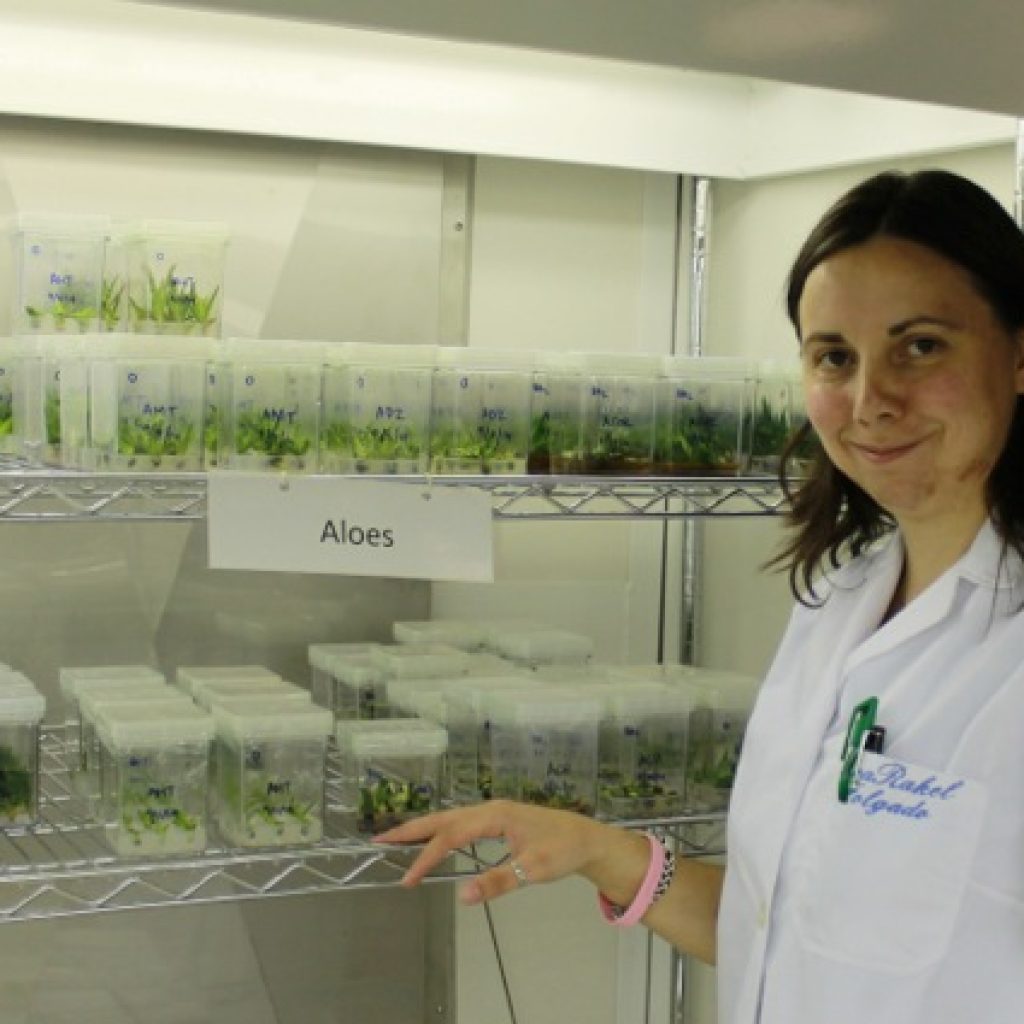
5/1/24 at 11:00am in Engineering B4
About the Seminar: Plants play a crucial role in our planet’s ecosystems. They are vital agricultural producers and support the horticultural and pharmaceutical industries. However, the alarming fact is that two-fifths of all plant species face the threat of extinction, putting global biodiversity at a significant risk. To combat this problem, botanical gardens worldwide are […]
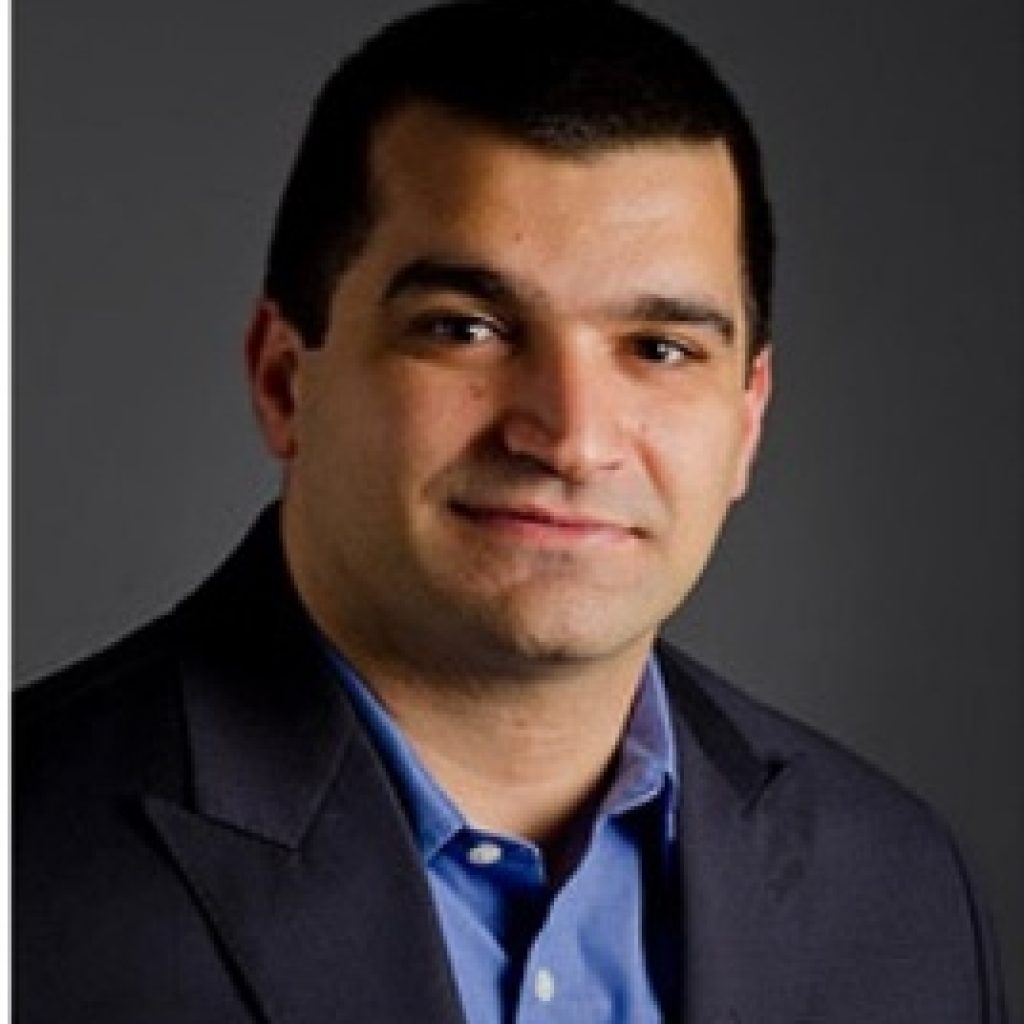
4/24/24 at 4:00pm in Chemistry A101
About the Seminar: The manipulation of light near the apex of a metallic nano-tip has enabled single molecule detection, identification, and imaging. The distinct advantages of the so-called tip-enhanced optical nano-spectroscopy/nano-imaging approaches are self-evident: ultra-high spatial resolution (nanometer or better) and the ultimate sensitivity (down to yoctomolar) are both attainable, all while retaining the ability […]

4/10/24 at 4:00pm in Chemistry A101
About the Seminar: Heart failure (HF) is a leading cause of death worldwide and continues to increase in prevalence as the general population ages. Advances in the healthcare management of heart failure have led to lower morbidity and mortality rates but require accurate diagnostics to guide the process. Current HF diagnostics require expensive equipment, centralized […]


3/20/24 at 4:00pm in Chemistry A101
About the Seminar: Medical diagnostics account for less than 5% of total medical spending in the United States, but the resulting tests influence more than 70% of the treatment decisions and subsequent care. Further, the SARS-CoV-2 pandemic has underscored the need for rapid, affordable, and user-friendly diagnostic tests. While traditional laboratory diagnostics such as PCR […]
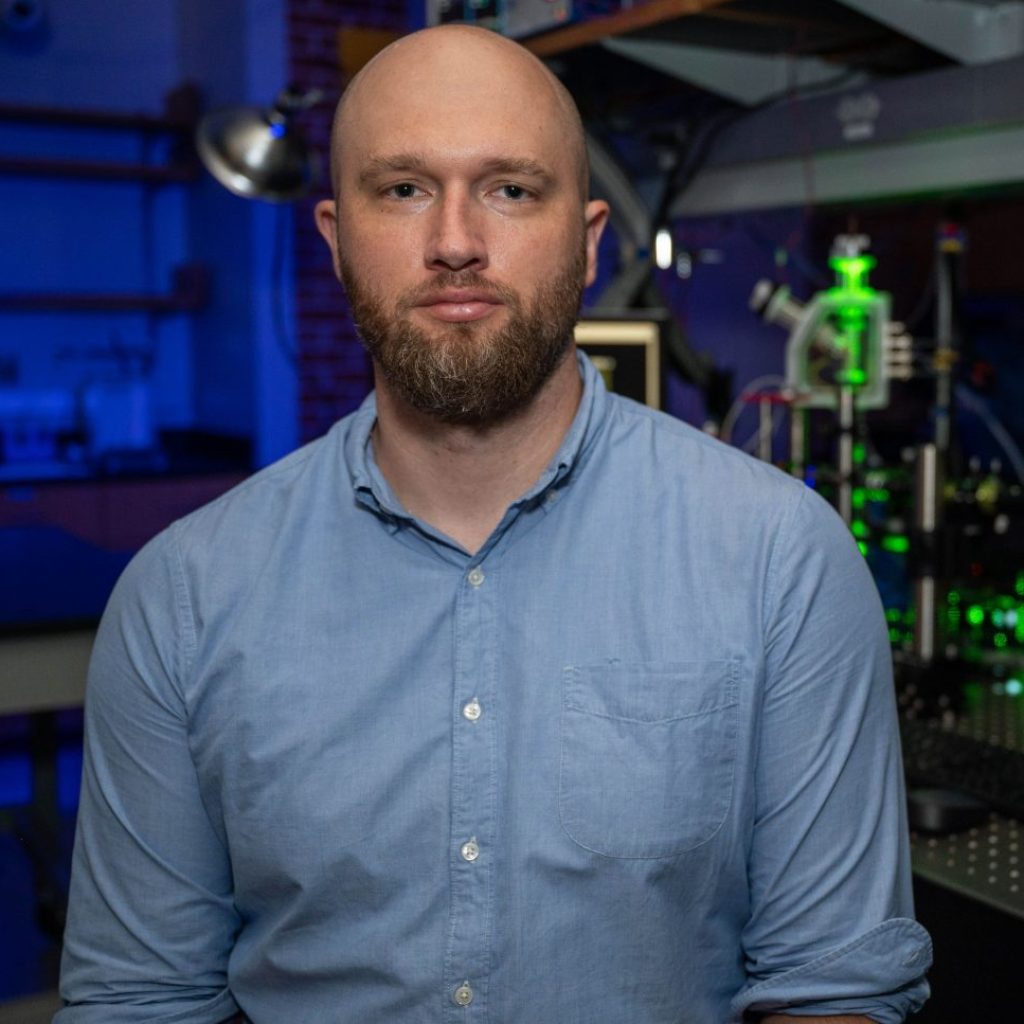
3/6/24 at 4:00 pm in Chemistry, A101
Abstract: Environmental systems, such as the hydrosphere and atmosphere, are a complex balance of chemical and physical processes that impact nearly every facet of life. In the atmosphere, aerosol particles – tiny particles of liquid and/or solid floating in the air — have a strong influence on air quality, climate, and human health. For example, […]

1/31/24 at 4:00 pm in Chemistry, A101
Abstract: Interdisciplinary research integrates information, data, techniques, tools, perspectives, concepts, and/or theories from two or more disciplines or bodies of specialized knowledge to advance fundamental understanding or solve problems. In this talk, I will share our recent work on exploring the interdisciplinary frontiers of electrochemistry, including (1) developing the quantum dot electrogelation method for high-performance […]

11/8/23 at 4:00pm in Chemistry A101
Abstract: This talk is an introduction to semi-automated microfluidic electrochemical sensor for simultaneous detection of SARS-CoV-2 and Influenza antigens. It will include discussion on prior research literature for viral antigen detection as well as the importance of the development of highly sensitive, easy to use, rapid, and affordable sensor which could be used to discriminate between […]

11/8/23 at 4:00pm in Chemistry A101
Abstract: Conserving crops in the face of climate change is a paramount issue. Cryopreservation, the process of storing living cells and tissue at liquid nitrogen temperatures (LN, -196 ˚C), has emerged as the preferred method for long-term crop conservation, enabling the preservation of everyday staple crops. Successful cryopreservation requires the removal of freezable water from […]

11/1/23 at 4:00pm in Chemistry A101
Abstract: The extensive global use of pesticides in agriculture has raised significant concerns about potential health hazards. One major concern is the “take-home pathway” of exposure, where agricultural workers inadvertently introduce pesticide residues into their homes through their skin, shoes, and clothing, potentially endangering their families, especially children. This presentation covers current methods for detecting […]

10/25/23 at 4:00pm in Chemistry A101
Title: Advancing SARS-CoV-2 Antibody Detection: Bridging Sensitivity and Accessibility Abstract: The emergence of severe acute respiratory syndrome coronavirus 2 (SARS-CoV-2) has highlighted the need for affordable and rapid serological tests to improve diagnostic reliability and assess immune status. Conventional laboratory techniques like the enzyme-linked immunosorbent assay (ELISA) and the plaque reduction neutralization test (PRNT), while […]

10/25/23 at 4:00pm in Chemistry A101
Abstract: Being able to take diagnostic testing beyond the health sector is important due to the drastic effect it has on addressing timely treatment of diseases. I am exploring an alternative electrochemical immunosensor platform that will provide point-of-care diagnostics needed to those especially in resource limited settings.
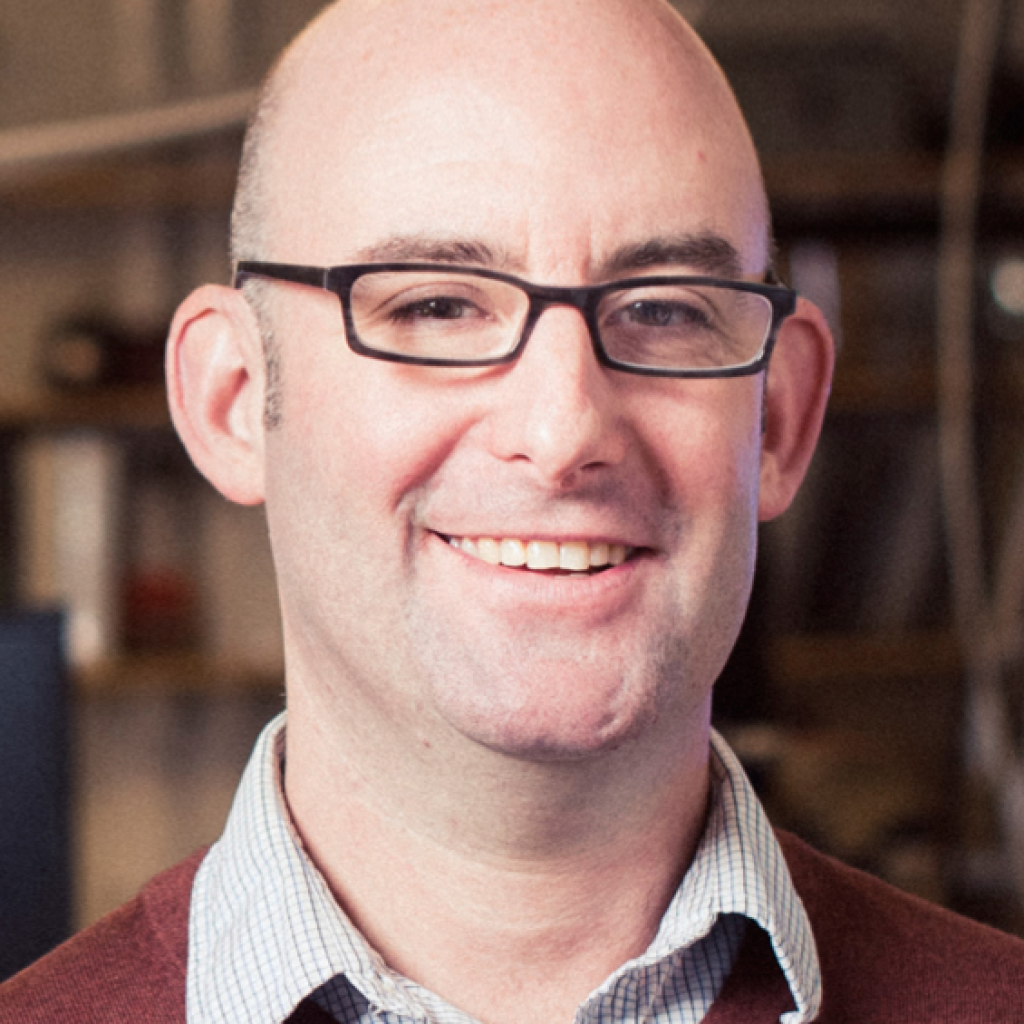
10/11/23 at 4:00 pm in Chemistry, A101
Abstract: A large fraction of fine particulate matter (aerosol) in the atmosphere is secondary in nature, formed from the atmospheric oxidation of gas-phase compounds. This oxidation chemistry can govern the amount and properties of aerosol particles, and hence their impacts on climate and health. Much of our understanding of aerosol formation derives from laboratory studies, […]
9/6/23 at 4:00 pm in Chemistry, A101
Abstract: Communication between the nervous system and immune system is vital for maintaining health yet remains difficult to probe with precise temporal and spatial resolution. Our lab develops electrochemical and microfluidic methods, to close this critical gap in measurement science. Specifically, we have developed new electrochemical methods and electrode materials for fast-scan cyclic voltammetry (FSCV) […]
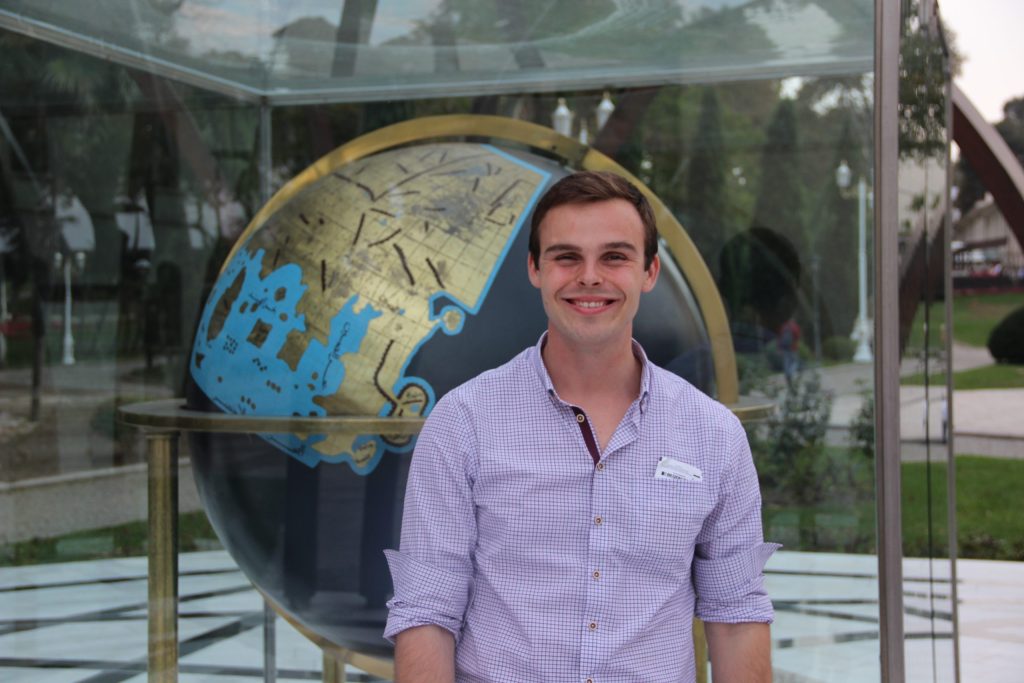
4/5/23 at 4:00pm in Chemistry A101
Analytical Chemistry Hach Lecture About the Seminar Several groups have recently reported on the remarkable possibility that chemistry changes in very small volumes. This tantalizing observation may help explain why cells are the size they are and how life, a chemically unfavorable event, formed under abiotic conditions. Our group has been developing nanoelectrochemical tools to […]
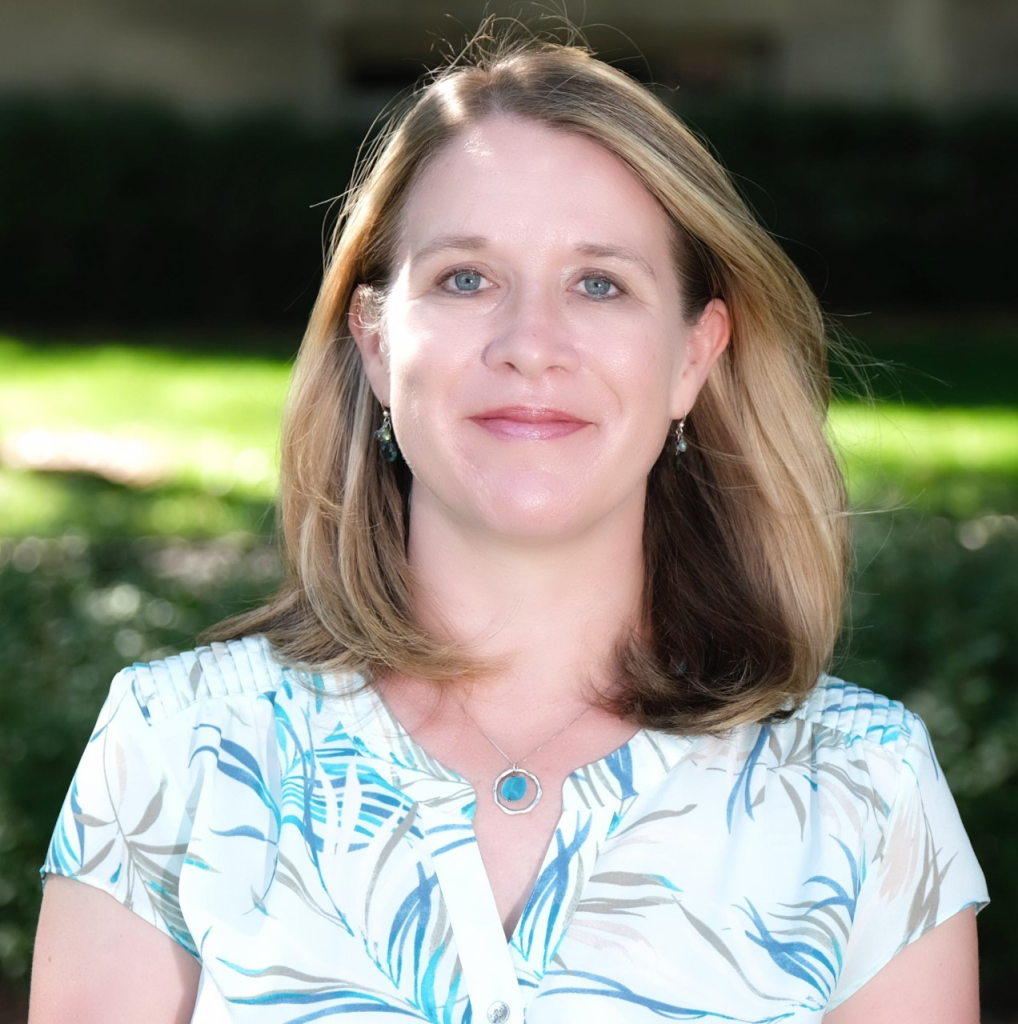
3/22/23 at 4:00pm in Chemistry A101
About the Seminar Because of their size, engineered nanoparticles display an exciting range of chemical and physical properties, and thus, have great potential for a variety of applications. While the early years of applied nanoscience brought concerns about the potential toxicity of nanomaterials, in the last decade, the research community has largely established that nanoparticles do not display unique […]

2/22/23 at 4:00pm in Chemistry A101
About the Seminar The acidity of atmospheric particles is important for the phase partitioning of semi-volatiles, the solubility of metals, and the rates of heterogeneous reactions, but is challenging to measure directly. Even with extremely accurate measurements of the dominant contributors to the ion balance in particles, one can rarely deduce the activity of H+ with […]

2/8/23 at 4:00pm in Chemistry A101
About the Seminar Fungal infections have a wide variety of impacts on the lives of everyday people. Dermatological fungal infections are incredibly common, and immunocompromised individuals can contract other, rarer fungal infections that have mortality rates upwards of 70%. Broad screening methods for fungal infections are desirable because current methods, like cultures, take a considerable […]
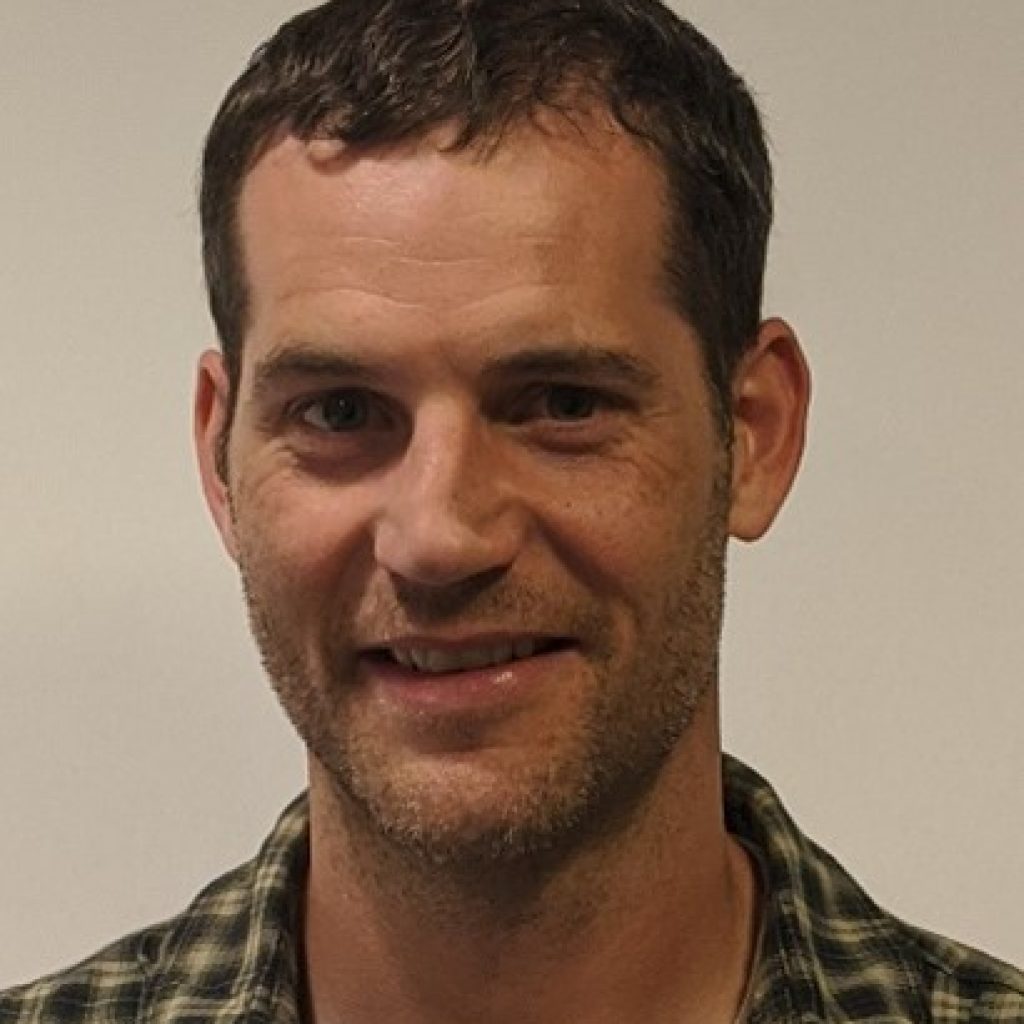
2/8/23 at 4:00pm in Chemistry A101
An Optical Approach To Measure Band Energies Of Monolayer MoS2 About the Seminar This talk summarizes recent research results toward quantifying the energetics of monolayer (7 Å thick) molybdenum disulfide (MoS2). As a semiconducting 2-dimensional (2D) material, MoS2 shows promise in energy conversion, nanoelectronics, and sensor applications. Interestingly, electrostatic gating (i.e. applied voltages) tunes the […]

2/1/23 at 4:00pm in Chemistry A101
About the Seminar Recently, we developed thermoplastic electrodes (TPEs) that are advantageous compared to traditional carbon composite electrodes in terms of cost, performance, and robustness. However, TPE applications in biosensing are currently limited due to a lack of facile methods for electrode modification. TPEs have a highly variable surface chemistry, lending to inconsistent immobilizations of […]

2/1/23 at 4:00pm in Chemistry A101
About the Seminar Authors of talk: Heidi D Kreckel, Fionna M. D. Samuels and Nancy E. Levinger Global plant genetic diversity is decreasing at an alarming rate due to global climate change and human population growth. Although many conservation efforts are successful, they are often at risk of pests and contamination. Further, most ex-situ conservation […]

11/16/22 at 4:00pm in Chemistry A101
About the Seminar InDevR is a small life science tools company in Boulder that supports the vaccine development and manufacturing industry. The talk will highlight product development efforts for InDevR’s VaxArray platform to support traditional vaccines such as influenza and pneumococcal conjugate vaccines, and recent efforts to develop nucleic acid microarrays to characterize mRNA vaccine […]
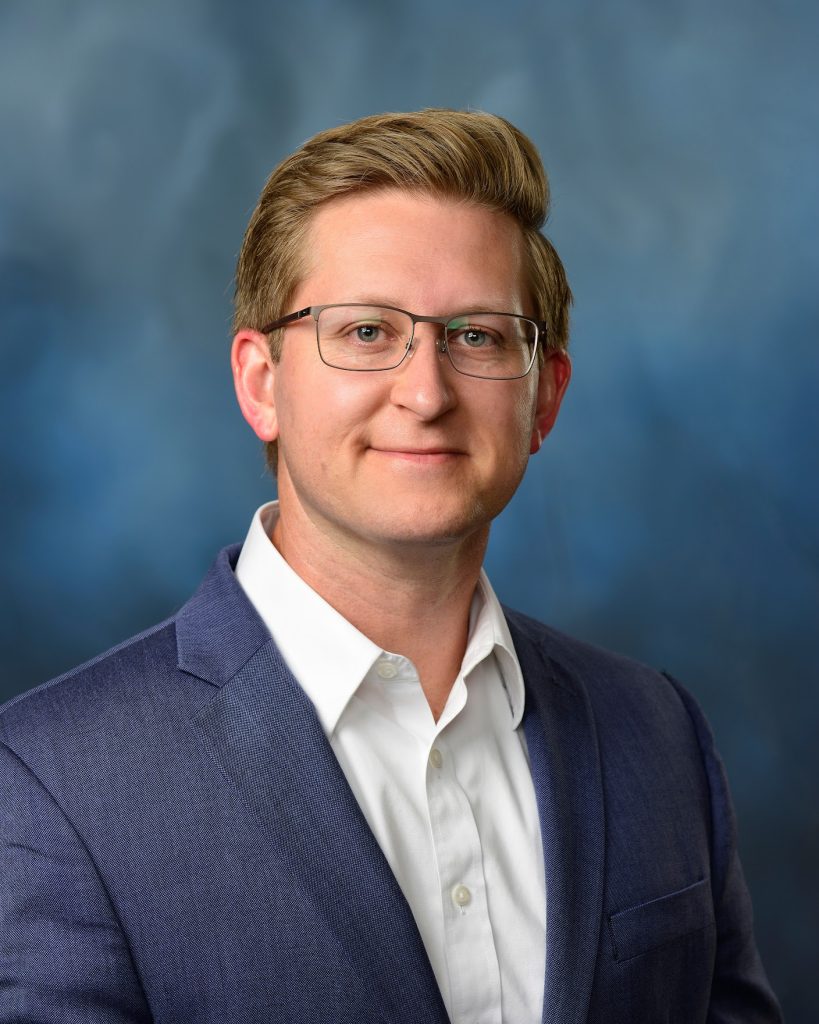
11/9/22 at 4:00pm in Chemistry A101
About the Seminar Sensors based on electrochemical (EC) readout offer low cost, miniaturization, and adaptability to the point-of-care (POC). Nonetheless, most EC sensors are specialized to a particular target, and there remains a need for a robust EC biosensor platform for the multitude of biomarkers that are not EC-active, do not undergo enzymatic conversion, or […]

10/26/22 at 4:00pm in Chemistry A101
About the Seminar: Climate change and human activity have made biotic and abiotic plant stressors more common which leads to billions of dollars lost each year as crop yields decline. Fluorescence spectroscopy and imaging have been used over the past few decades that aid in identifying when plants are stressed but these methods provide little […]

10/26/22 at 4:00pm in Chemistry A101
About the Seminar: Higher levels of phosphates in surface water are a significant concern as they cause the eutrophication of freshwater systems. Traditional phosphate monitoring methods require complicated, heavy instrumentation and labor-intensive methods and are usually expensive. An alternative is paper-based microfluidics (µPADs) because they are inexpensive (<$1), fast (<10min assay time), user-friendly, and biodegradable. Current approaches using µPADs […]

10/12/22 at 4:00pm in Chemistry A101
About the Seminar: The study of soil organic matter (SOM) degradation remains difficult to understand due to the heterogeneity and polydispersity of soils which lead to complex transformation pathways during decomposition. Wetland ecosystems act as a vital global carbon (C) sink, making the understanding of organic matter transformation under anoxic conditions necessary to understanding the […]
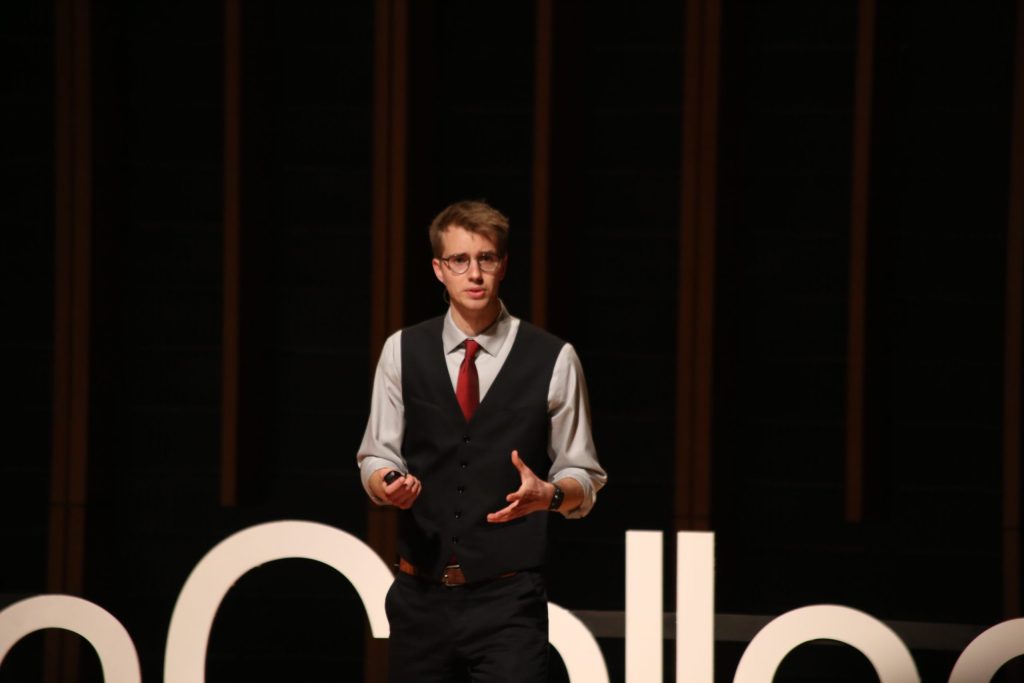
10/12/22 at 4:00pm in Chemistry A101
About the Seminar: Natural organic matter (NOM) is a mixture of organic molecules formed from the decomposition of biological material and can be found in the environment in soils, sediments, and water. NOM is directly relevant to both humans and broader ecosystems because it is a source of nutrients for microbes and vegetation and is […]
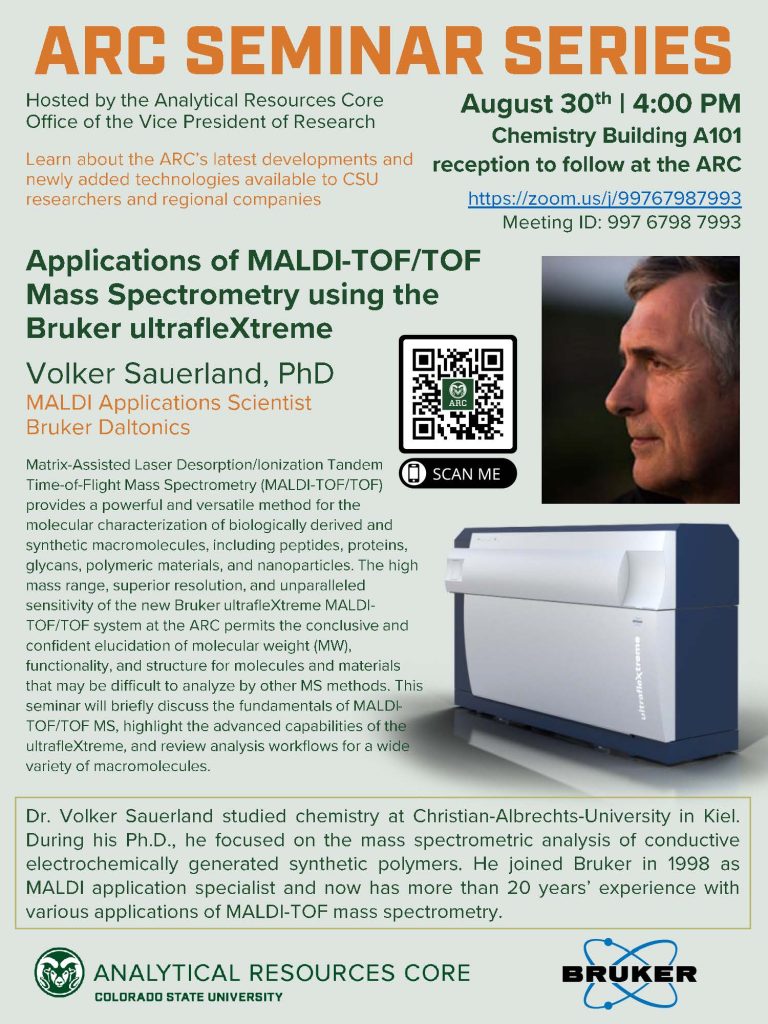
8/30/22 at 4:00pm in Chemistry A101
We are very excited to announce the arrival of our brand new Bruker ultrafleXtreme mass spectrometer, a state-of-the-art high resolution MALDI-TOF/TOF system that is well suited for the analysis of a wide variety of macromolecules like synthetic polymers, nanoparticles, proteins, peptides, and other biologically derived polymers, as well as small molecules that are difficult to analyze by […]
6/15/22 at 4:00pm in Chemistry A101
POSTPONED until further notice. Special Analytical Seminar with ARC; details to be announced.

3/30/22 at 4:00 PM in Chemistry A101
About the Seminar: Medical diagnostics account for less than 5% of total medical spending in the US, but the results of those diagnostics influence more than 70% of treatment decisions and further care. Traditional laboratory diagnostics are costly in terms of both money and the time it takes to receive results. Most lab-based methods require […]
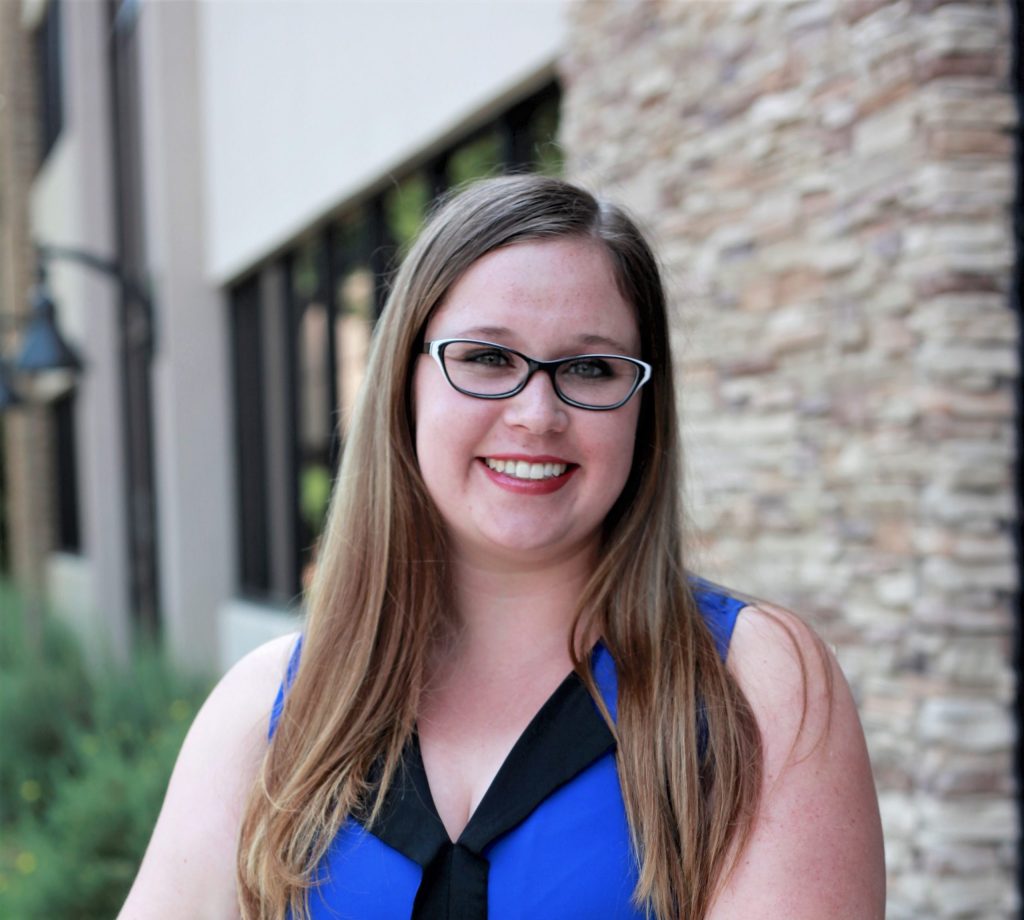
3/30/22 at 4:00 PM in Chemistry A101
About the Seminar: Carbon has become a popular material for electrochemical sensors due to its wide availability, low cost, and excellent electrochemical properties. More importantly, carbon electrodes can take on several different forms, from robust thermoplastic electrodes to flexible stencil-printed electrodes. This allows carbon-based electrodes to be used in variety of different applications and environments […]
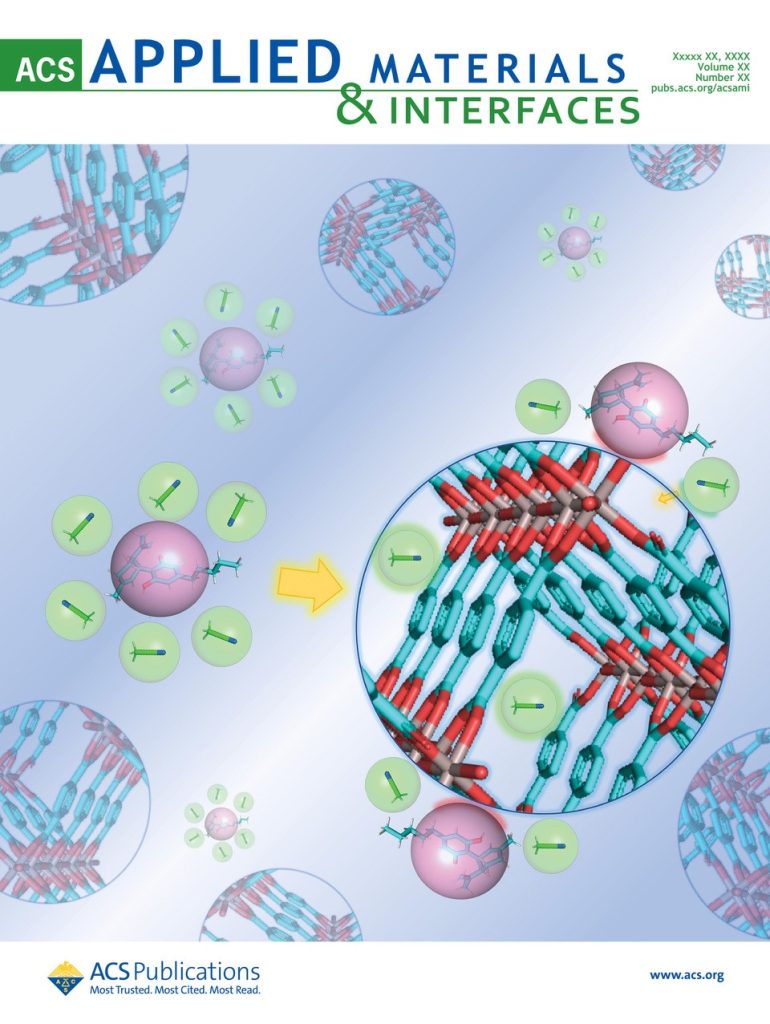
3/9/22 at 4:00 PM in Chemistry A101
Cannabinoids are important industrial analytes commonly assayed with High Pressure Liquid Chromatography (HPLC). In this study, we evaluate the suitability of MIL-53(Al), a commercially available MOF as a stationary phase for cannabinoid separations. The suitability of a MOF for a given separation is hypothesized to be limited by the ability of a given molecule to […]

3/9/22 at 4:00 PM in Chemistry A101
While natural wildfires have been the principal landscape disturbance in boreal forests for the last 6000 years, warming climate and land management have increased the frequency and severity of wildfires in the western US. Wildfires can induce important ecological benefits to many ecosystems; however, severe wildfires may threaten soil health, water and air quality, and […]

2/23/22 at 4:00 PM in Chemistry A101

2/16/22 at 4:00 PM in Chemistry A101
Literature Seminar: The prevalence and use of plastic has long been a source of both environmental and human health concern. Plastic is produced using bisphenol A (BPA), a non-naturally occurring chemical, that may enter the environment due to wastewater, leaching from products, and through human waste. Humans, generally, are exposed to BPA through consumption […]

2/16/22 at 4:00 PM in Chemistry A101
Point-of-care testing is essential for the rapid detection of analytes that allows for management and treatment of potentially treatable diseases. Current established lab techniques for quantification of such require trained scientific personnel, external resources, and instrumentation. One such technique is the enzyme-linked immunosorbent assay (ELISA), the gold standard for the detection and quantification of biomarkers, […]
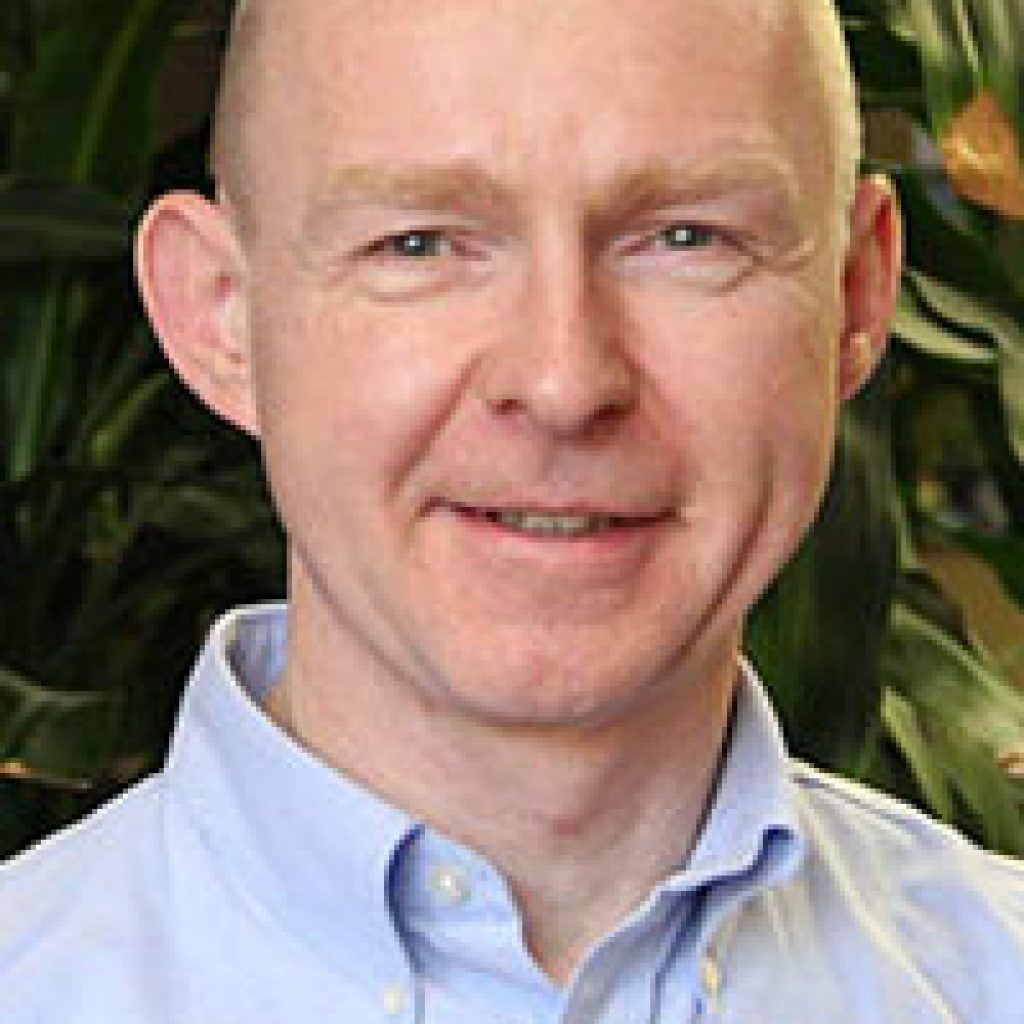
11/17/21 at 4:00 pm in Virtual
Hach Distinguished Speaker- About the Seminar: Sensors for the potentiometric detection of ions in liquids such as human body fluids or environmental waters are highly sensitive and selective analytical tools that offer a variety of advantages, such as simplicity of measurement, high analysis throughput, rapid detection, continuous on-line monitoring, and low cost of analysis. While […]
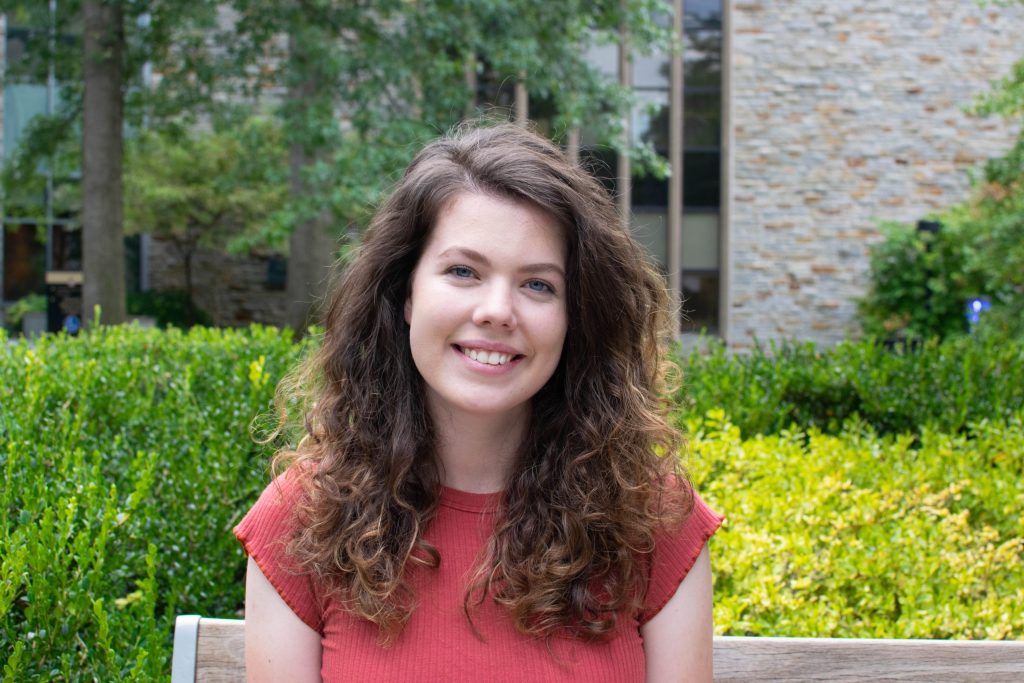
11/10/21 at 4:00 PM in Chemistry A101
Literature Seminar: With the ever-growing population, food scarcity is becoming a more prominent issue, but part of this issue comes back to climate change and the extreme weather patterns that can destroy crops. Plant metabolomics is an emerging approach to better understand the relationship between environmental stressors, such as climatic, chemical, or biological events, and […]

11/10/21 at 4:00 PM in Chemistry A101
Research Seminar: A systematic approach for evaluating both the chemical and physical properties of materials for medical devices is necessary to achieve optimal performance. Metal–organic frameworks (MOFs) are highly-ordered, crystalline coordination polymers consisting of metal centers connected by organic linkers, useful for a variety of applications from gas storage to catalysis. To facilitate their incorporation […]

11/3/21 at 4:00 PM in Chemistry A101
Literature Seminar: Ultrafast laser spectroscopy can allow for the dynamics of biological systems to be investigated in ways not possible through other methods. Understanding the time-resolved dynamics of protein systems can more precisely elucidate the mechanisms that drive protein structure and function. Crystallins, are a class of proteins that predominantly form the cornea of the […]

11/3/21 at 4:00 PM in Chemistry A101
Literature Seminar: Bacterial testing is extensively utilized in the United States for health monitoring and preventative care. One situation in which it is particularly important is in the detection of Group B Streptococcus, or GBS, in pregnant individuals. GBS colonization during pregnancy is particularly dangerous for both the mother and child; it is estimated that […]

10/20/21 at 4:00 PM in Chemsitry A101
Literature Seminar: Oxytetracycline, an antibacterial medication, can enter the agricultural system inadvertantly via human or animal waste in the form of manure, biosolids, and crop irrigation with reclaimed water. Overexposure to the medication and functionally similar metabolites can increase bacterial resistance. Thus, it is important to understand the processes that control the fate and transport […]

10/20/21 at 4:00 PM in Chemistry A101
Literature Seminar: Point-of-care testing (POCT) is crucial for rapid detection of analytes for non-communicable and communicable diseases because it allows for better disease management and treatment. Established lab-based techniques for quantification of desired analytes are time and resource expensive. Electrochemical biosensors are a rapid and cheap alternative while maintaining sensitivity and selectivity in numerous biological […]

10/13/21 at 4:00 PM in Virtual Seminar
About the Seminar: Ocean emissions of dimethyl sulfide (DMS) are a major precursor for the production and growth of aerosol particles, which can act as seeds for the formation of cloud droplets in the marine atmosphere with the subsequent impacts on Earth’s climate. Global aircraft observations indicate that DMS is efficiently oxidized to hydroperoxymethyl thioformate […]

10/6/21 at 4:00 PM in Chemistry A101
The chemical composition of the atmosphere controls the quality of the air we breathe, and the radiative balance of the planet. Reactive organic carbon plays a particularly important role in the atmosphere, acting as the fuel for oxidation reactions, a source of secondary organic aerosol, and a key ingredient for ozone production. Various sources emit […]
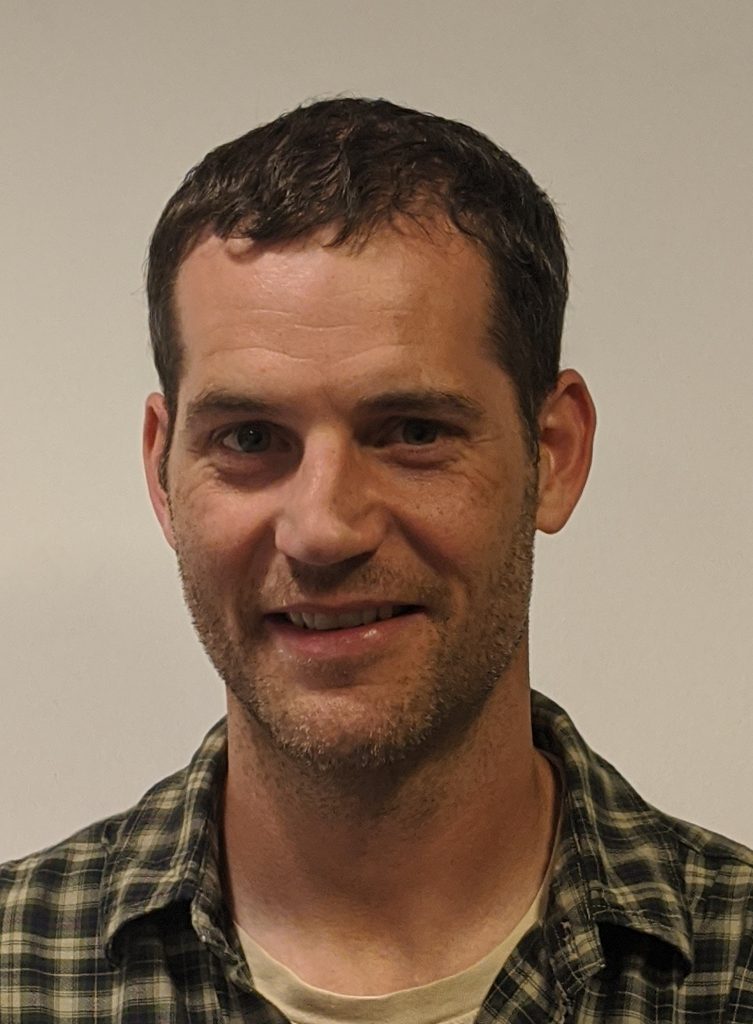
9/29/21 at 4:00 PM in Chemistry A101
Literature Seminar – Over the past 20 years, 2-dimensional (2D) material research exploded after the discovery of a simple and effective graphene preparation technique (so-called ‘Scotch tape method’). Mere van der Waals forces hold together the stacked layers of the atomically thin 2D material. Beyond graphene, there are other 2D semiconducting materials with promising new […]

9/29/21 at 4:00 PM in Chemistry A101
Literature Seminar – Contrast allows us to distinguish an object from its background. In biological electron microscopy it is challenging to see the details inside of cells due to the relatively similar atomic makeup of all biomolecular building blocks. To remedy this, molecular species of interest are often “tagged” in order to provide contrast, typically […]
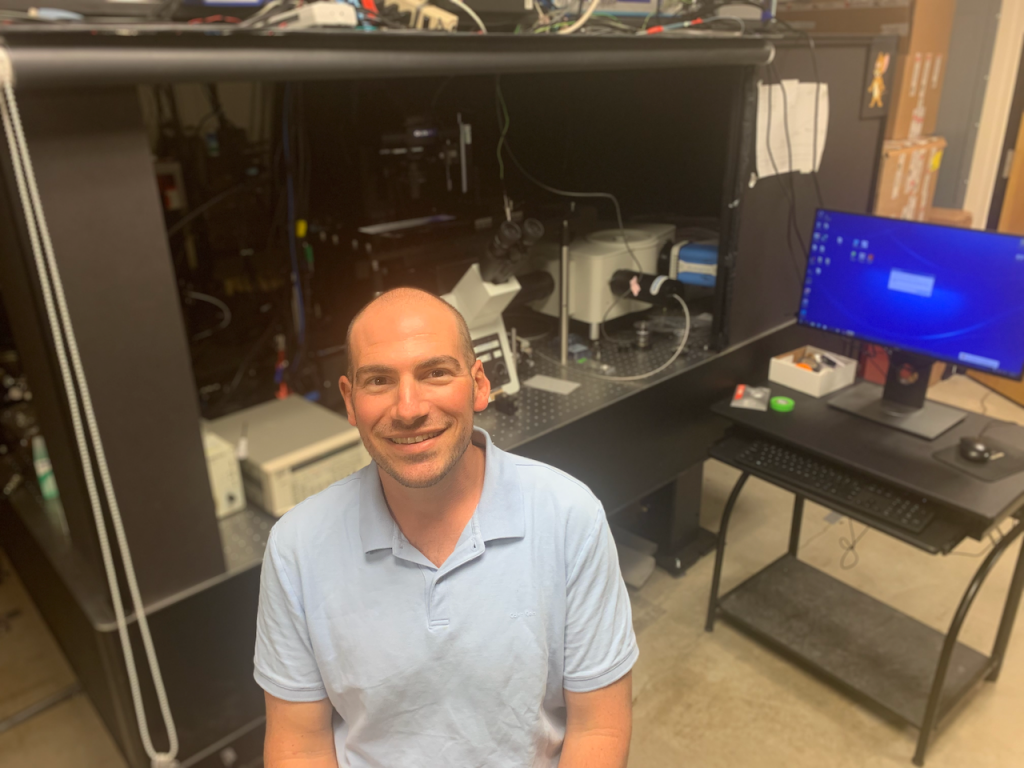
9/22/21 at 4:00 PM in Chemistry A101
About the Seminar: Energy needs and environmental trends demand a large-scale transition to clean, renewable energy. Nanostructured materials are poised to play an important role in this transition. However, nanomaterials are chemically and structurally heterogeneous in size, shape, and surface structural features. My research group focuses on understanding the correlation between nanoparticle chemistry/structure and functional […]

7/13/21 at 4:00 PM in Virtual Seminar
About the Seminar: Current mass spectrometry techniques assume a clear cut border between healthy & cancerous tissues during oncological studies. However, a recent paper has shown that this border does not display homogeneity in Medulloblastoma, instead existing as a gradient of cancer-like cells. This has not been shown using microscopy and could mean a reworking […]

4/28/21 at 4:00 PM in Virtual Seminar
About the Seminar: Inorganic salts can enhance (“salting-in”) or inhibit (“salting-out”) the partitioning of organic gases to aqueous solutions relative to that in pure water. These phenomena may affect the composition and abundance of secondary organic aerosol (SOA), though their importance in the atmosphere is largely unconstrained at present. In this work, we quantify the effects of […]

4/7/21 at 4:00 PM in
HACH Distinguished Speaker About the Seminar: Our research has explored unique applications of room-temperature ionic liquids (RTILs) for several years. More recently, we have extended the range of these materials to include applications of similar solid phase materials, i.e. organic salts with melting points of frozen ionic liquids (25 °C to 100 °C) up to […]
3/31/21 at 4:00 PM in Virtual Seminar
Analytical Division Poster Session Link:TBA

2/10/21 at 4:00 PM in Virtual Seminar
The goal of radioanalytical chemistry is to identify and quantify radioisotopes present in a variety of samples. It combines advanced radiochemical separations with state-of-the art radiation detection techniques and provides information on the origin, speciation and mobility of the material. It plays an important role in evaluating its impact on humans and the environment. The […]
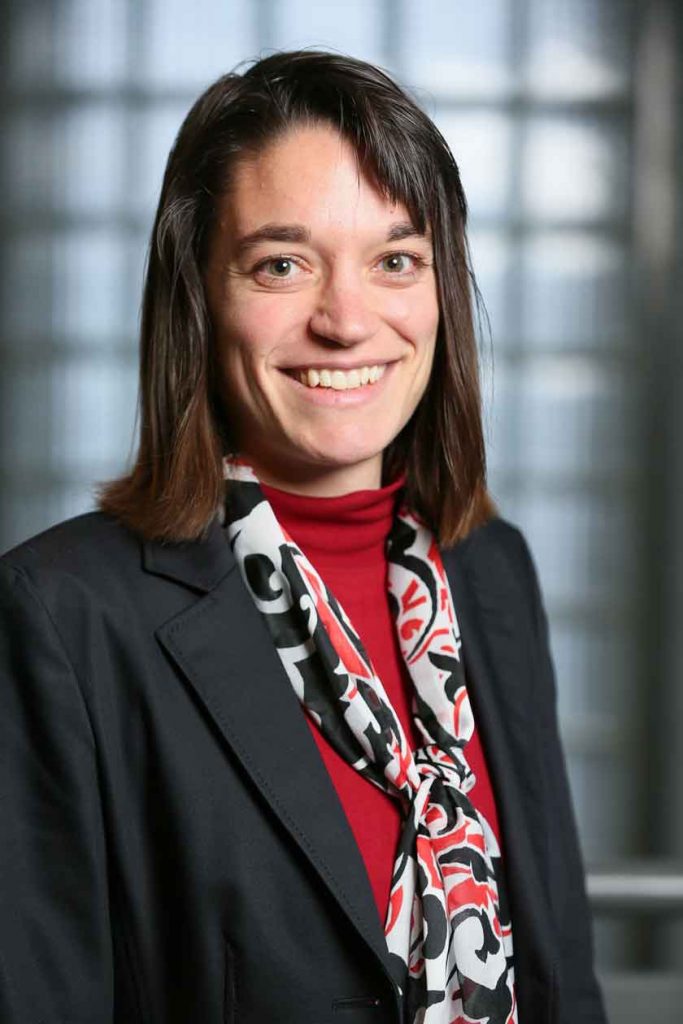
1/14/21 at 9:00 AM in Virtual Seminar
About the Seminar: Nature produces soft materials possessing exceptional mechanical properties. These properties are to a large extent related to the well-defined structures and locally varying compositions of these natural materials. Key to the excellent control nature possesses over the structure and local composition of its materials is their fabrication: Many of these materials are […]

10/28/20 at 4:00 PM-8:00 PM in Virtual Seminars
Analytical Division Poster Session Links to presentations: TBA

10/14/20 at 4:00 PM in Virtual Seminar
Literature Seminar Ozone is a key air pollutant that impacts human and ecosystem health, and acts as a short-lived climate forcer. Despite being the focus of many decades or research, atmospheric ozone trends in urban areas can still be difficult to predict. Based on previous laboratory and modeling studies,1,2 heterogeneous uptake of atmospheric HO2 on […]
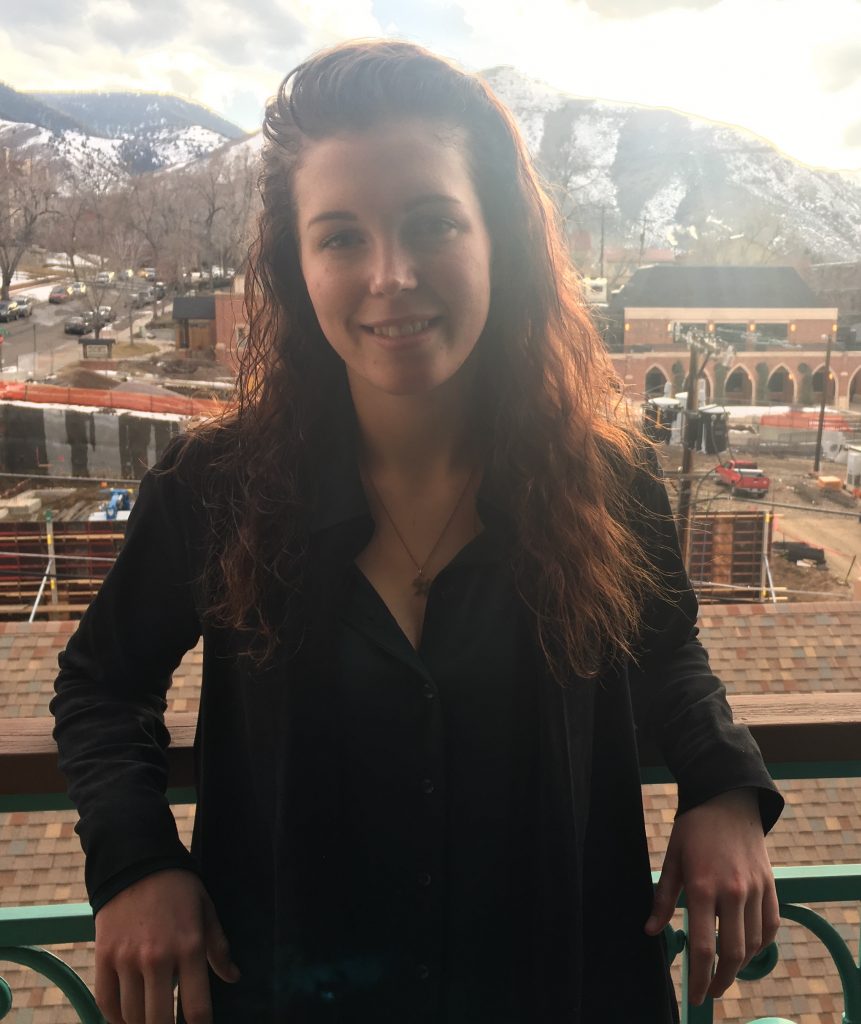
10/14/20 at 4:30 PM in Virtual Seminar
Literature Seminar Biomechanical properties of cells have emerged as an important indicator in characterizing cancer tumor progression. Traditional biomechanical techniques are quite limited. Most are considered invasive and cannot be used to study the depth of both cellular and tissue microenvironments. Brillouin confocal microscopy is a non-invasive, 3D optical technique commonly used in materials science […]

10/7/20 at 4:00 PM in Virtual Seminar
Literature Seminar: Short chain fatty acid levels (SCFAs) in the gut have been demonstrated time and again to be of great importance to human health with wide ranging impacts, including correlation to depression. Detecting and quantifying SCFAs has been limited in sensitivity as well as in efficiency via the typical techniques of GC-MS, LC-MS/MS, and […]

10/7/20 at 4:30 PM in Virtual Seminar
Literature Seminar The 2012 Food and Drug Administration Safety and Innovation Act placed 26 types of cannabinoid receptor agonists, also known as synthetic cannabinoids (SCs) into Schedule 1 of the Controlled Substances Act. This decision was made due to SCs high probability of causing adverse health effects, like reduced blood supply to the heart, kidney […]
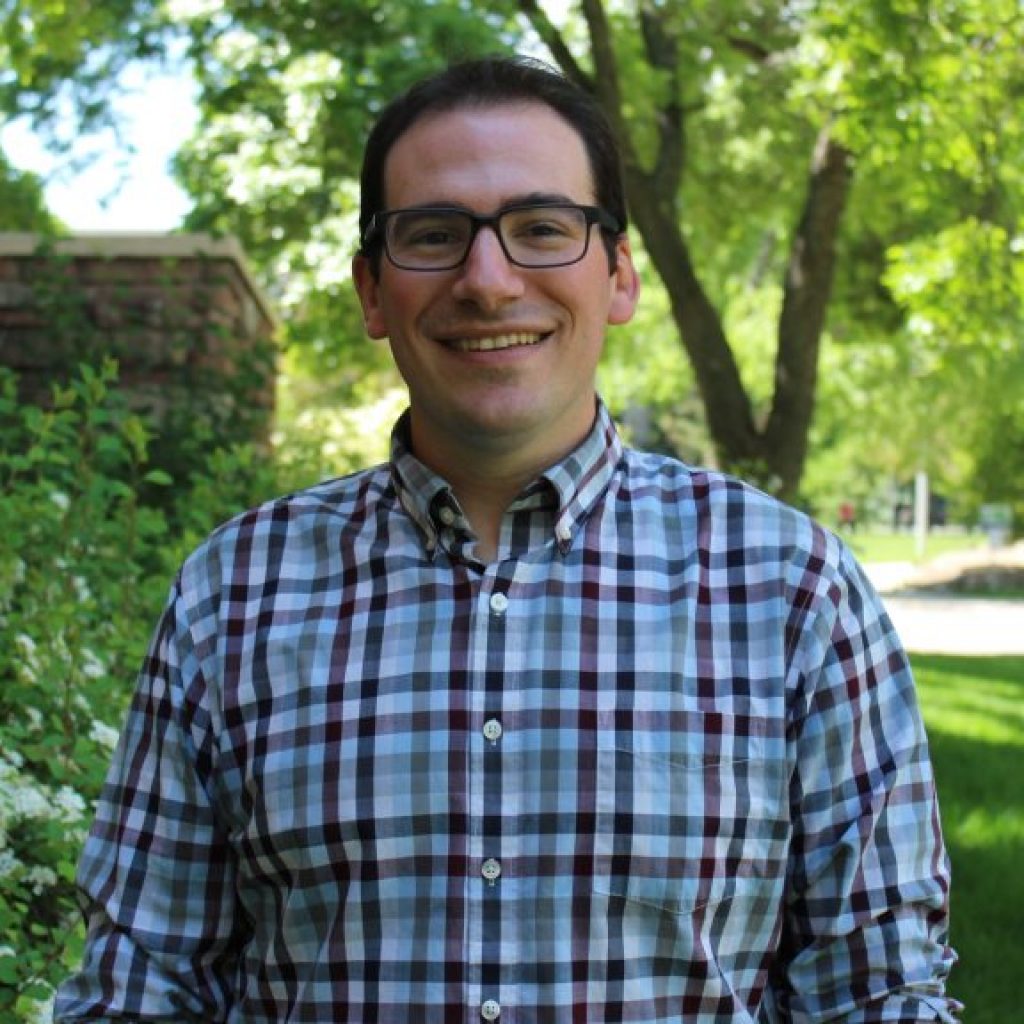
9/2/20 at 4:00 PM in Virtual Seminar
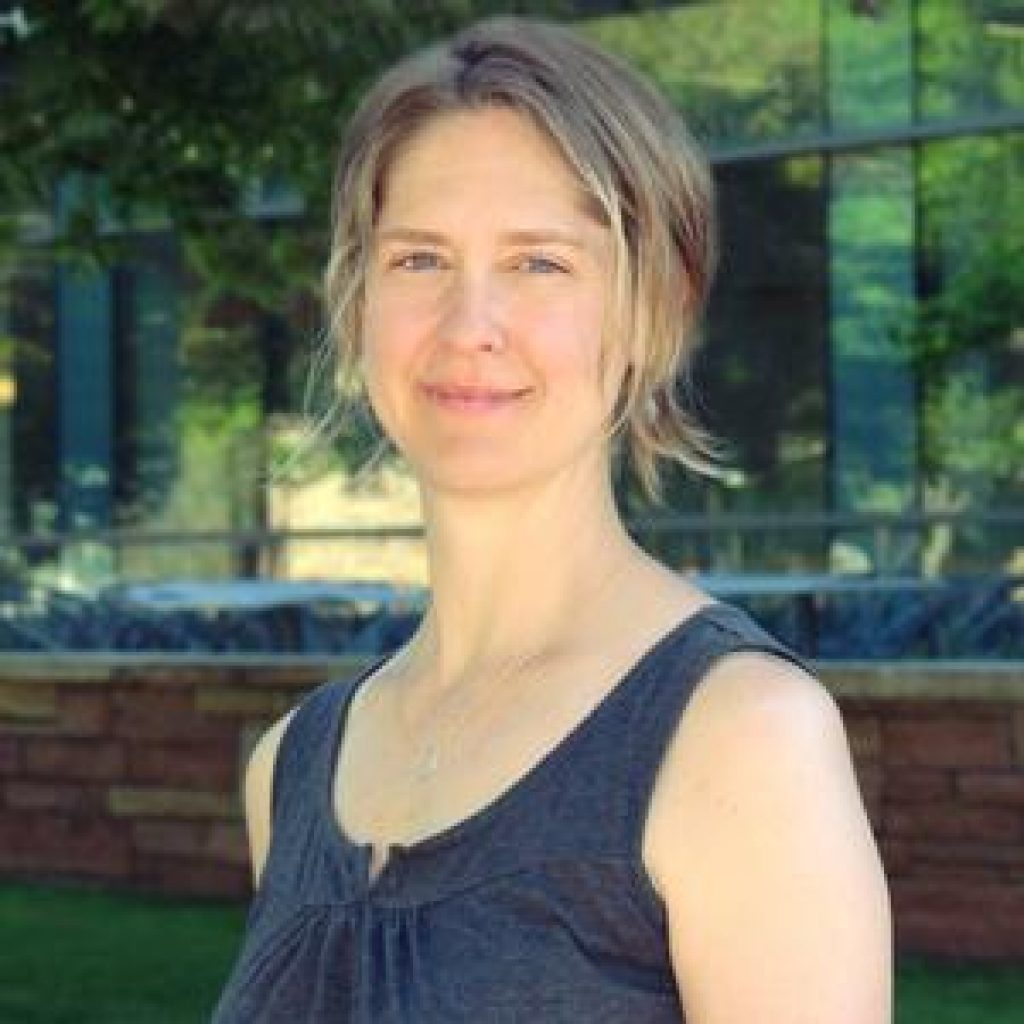
6/24/20 at 4:00 PM in Virtual Seminar
Click here for zoom link Meeting ID: 944 0350 6302 About the Seminar: The molecular structure of soil carbon pool is sensitive to global environmental change, and shifts in molecular structure influence processes that transport and transform that pool. The ecosystem metabolome represents an integrated picture of the collective features of the organic matter pool that […]
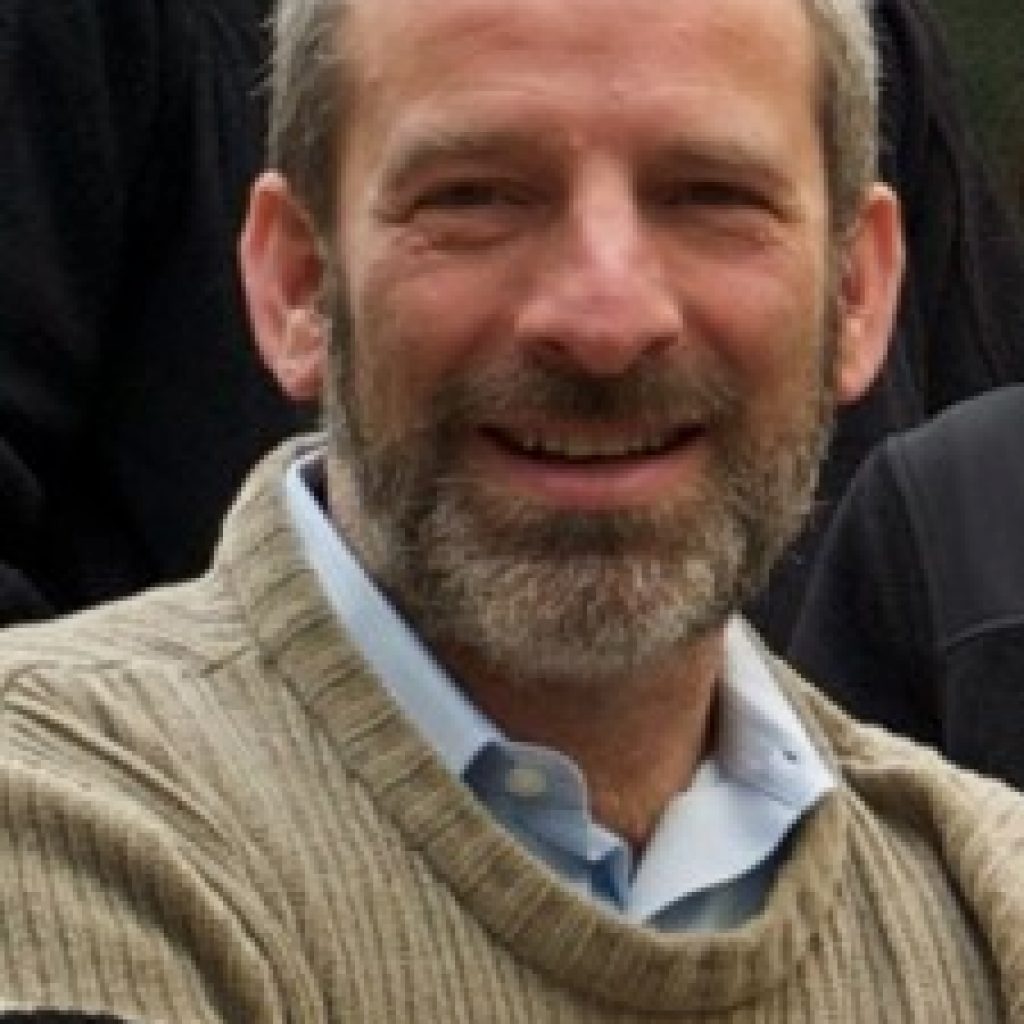
3/11/20 at 4:00 PM in Chemistry A101
About the Seminar: Observations of NO2 using orbiting UV/Vis spectrometers provide detailed images of cities. Interpreting the images provides insight into present day emissions and chemistry as well as a view into trends in chemistry over the last 15 years. In this talk I’ll describe development of methods that allow for accurate interpretation of the […]

2/26/20 at 4:00 PM in Chemistry A101
About the Seminar: Traditional transepithelial electrical resistance (TER) measurements in conjunction with molecular biology techniques are widely used to inform the present understanding of transport at tissue interfaces. These techniques, which include well-known Using chamber experiments, provide an excellent opportunity to study active ion transport and ion permeability. However, most of these measurements represent the […]
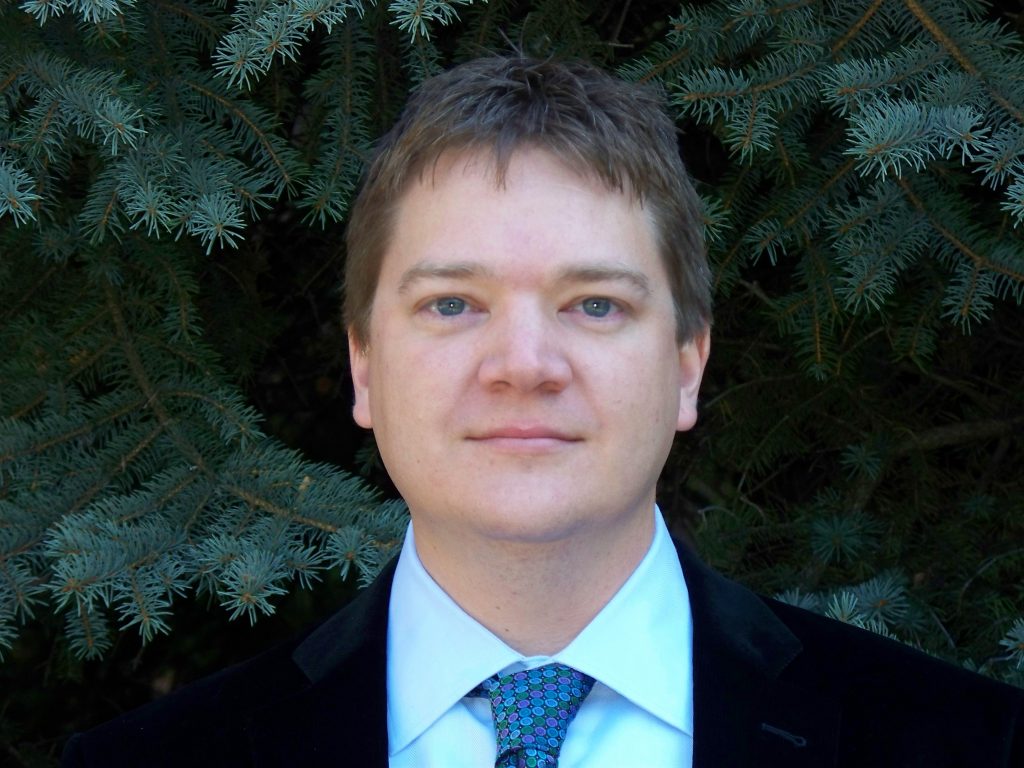
2/5/20 at 4:00 PM in Chemistry A101
About the Seminar: Solar-to-hydrogen (STH) conversion efficiency a common figure of merit for evaluating and comparing research results, and it largely establishes the prospect for successfully introducing commercial solar water-splitting systems. Present measurement practices do not follow well-defined standards, and common methods consistently overestimate performance. To remedy this need we confirmed underestimated influence factors and […]

11/18/20 at 4:00 PM in Virtual Seminar
Zoom Link: https://zoom.us/j/97032192900?pwd=VmJNbm5vQUJGNU91OHVFa0xXZ1Y1QT09 Meeting ID: 970 3219 2900 Passcode: 1872 About the Seminar: Numerous “two-dimensional” (2D) semiconducting materials, which possess covalent bonding in only two dimensions, exhibit emergent physical properties at the mono/few-layer limit which could potentially revolutionize the design of electronic and photonic devices. While ultrathin layers of 2D materials have been successfully prepared […]

11/11/20 at 4:00 PM in Virtual Seminar
Since the 1970’s, conventional light microscopy has been used to characterize and quantify the response of biological systems to cryopreservation. The high spatial resolution and chemical specificity of low temperature Raman spectroscopy is a powerful tool by which to expand our understanding of cellular freezing response. Studies that describe intracellular ice formation, interactions between cryoprotective […]

11/4/20 at 4:30 PM in Virtual Seminar
Literature Seminar The Eastern Cape of South Africa has experienced a major water crisis in recent years, which could lead to desperation and the consumption of river water by economically disadvantaged areas. Due to this possible consumption, the monitoring and identity of pollutants within local waterways is highly important in order to protect the health […]

11/4/20 at 4:00 PM in Virtual Seminar
Literature Seminar Cellular labile copper(I) as dynamic and loosely bound Cu(I) stores play an important role in cell signaling. Current fluorescent has the inconsistency issue in qualitative measurement across different samples due to the heterogeneity between cells. The new ratiometric Förster Resonance Energy Transfer (FRET) probe, FRET Copper Probe-1(FCP-1), is developed with a self-calibration nature […]

11/20/19 at 4:00 PM in Chemistry A101
Literature Seminar Dissolved organic matter (DOM) and microbial communities are intimately connected yet are often studied independently of one another. During respiration, soil microbes pair the transfer of an electron from carbon to a terminal electron acceptor such as oxygen, thereby transforming the available carbon in the system. Elucidating the dynamic interactions between the two […]

11/20/19 at 4:00 PM in Chemistry A101
Literature Seminar In 2010, the World Health Organization reported that foodborne pathogens caused over 600 million illnesses and over 400,000 deaths in that year alone.1 Because of this, it is important to be able to detect these types of pathogens to prevent outbreaks from occurring. Most of the common bacterial detection methods require a centralized […]

11/13/19 at 4:00 PM in Chemistry A101
Literature Seminar The most commonly used method of quantification for single- and double-stranded nucleic acid species is UV spectrophotometry. Beer’s law relates the absorbance of a sample with the pathlength, concentration and attenuation coefficient (ε). For nucleic acids, an average mass attenuation coefficient is applied to approximately quantify the species independent of base composition. There […]

11/13/19 at 4:00 PM in Chemistry A101
Literature Seminar Food authenticity is important for both public safety and economic reasons. Potentially dangerous substitutions or additions may be made to food in order to increase profit either by increasing production or by improving the apparent quality of the product. In central and southern Italy, Mozzarella di Bufala Campana (MBC) is a vital part […]

11/6/19 at 4:00 PM in Chemistry A101
About the Seminar Defect engineering is a strategy that has been widely used to design active semiconductor photocatalysts. However, understanding the role of defects, such as oxygen vacancies, in controlling photocatalytic activity remains a challenge. In this talk I will discuss the use of chemically triggered fluorogenic probes to study the spatial distribution of active […]

10/30/19 at 4:00 PM in Chemistry A101
Literature Seminar Increasing amounts of atmospheric CO2 has led to a recent resurgence in carbon capture processes for renewable energy storage. Production and storage of methane through CO2 and CO methanation have been widely accepted as the process by which carbon capture is performed. Widespread utilization of this process has been low, especially with CO2 […]

10/30/19 at 4:00 PM in Chemistry A101
Literature Seminar In 2018, antibiotic resistant bacterial infections were the source of $2 billion (U.S.) in medical bills in the United States alone. With rising antibiotic resistance, prevention of infection by chemical disinfection prior to the development of an infection is preferred over treating an infection. Production of typical chemical disinfectants, however, carries its own […]

10/23/19 at 4:00 PM in Chemistry A101
About the Seminar: Plasmonic nanostructures have long been appreciated for their ability to harvest light and transform it into other forms, including thermal energy and chemical energy (through the production of high energy charge carriers, e.g. hot electrons and hot holes). Both hot charge carriers and elevated temperatures at nanoparticle surfaces can increase the efficiency […]

10/2/19 at 4:00 PM in Chemistry A101
About the Seminar: Recent advancements in high-resolution mass spectrometry (HRMS) and its application to the field of environmental chemistry have for the first time made possible identification of emerging contaminants in complex environmental mixtures without a priori knowledge of contaminant identity or occurrence. Here, I present a strategy and series of novel analytical workflows based […]

9/18/19 at 4:00 PM in Chemistry A101
About the Seminar: Elucidating and controlling interfacial reactivity is key to a broad scope of electrochemical studies of catalysts, sensors, and energy storage media. I will present a modern approach to understanding the electrochemical interface using scanning electrochemical microscopy (SECM), a scanned probe technique capable of delivering high spatiotemporal and chemical redox resolution at active […]

9/11/19 at 4:00 PM in Chemistry A101
About the Seminar: Electrodes used in electrochemistry, with applications in electrocatalysis, energy storage, sensor technologies and corrosion, show heterogeneity and complexity on a range of lengthscales. The activity of these electrodes is often determined by old classical macroscopic electrochemical techniques that provide the average response of an electrode and are unable to detect and analyze […]
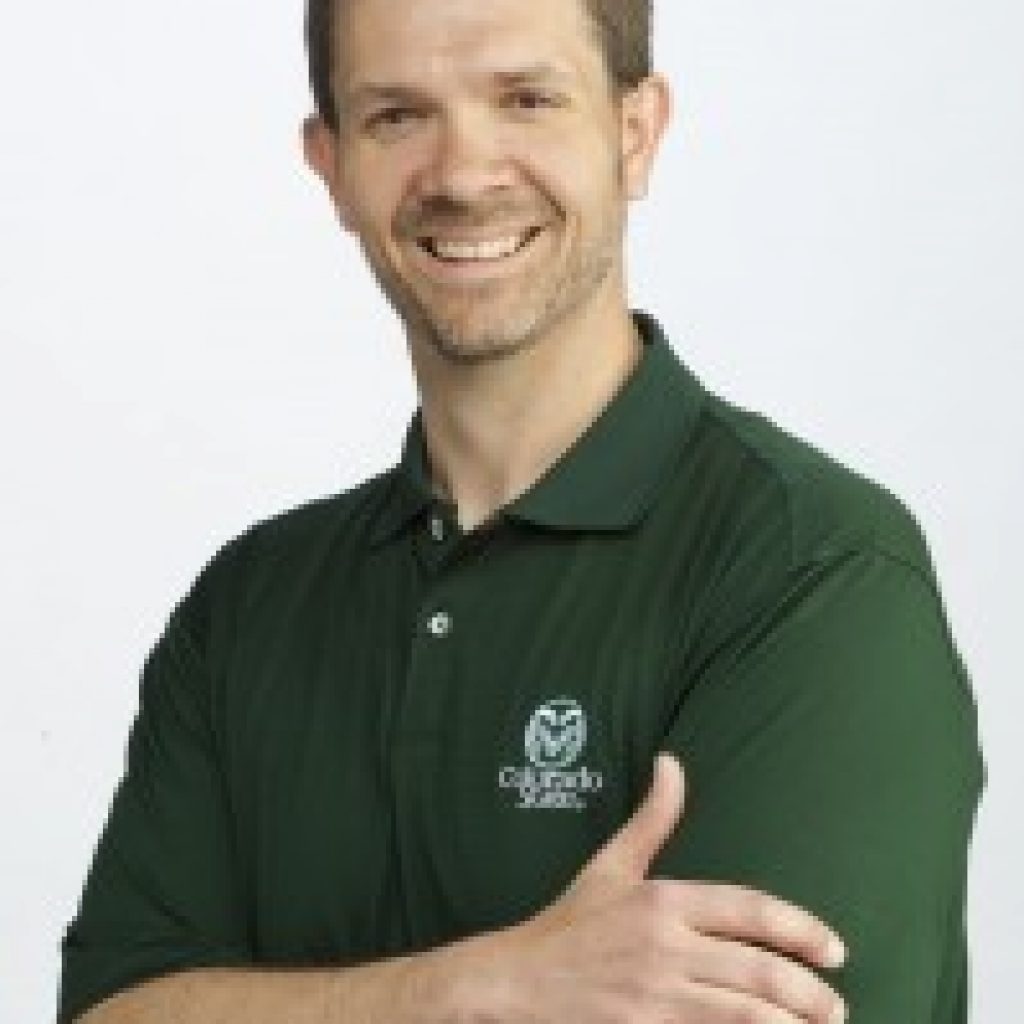
5/8/19 at 4:00 PM in Chemistry A101

5/1/19 at 4:00 pm in Chemistry A101
Research Seminar Abstract Heavy metal pollution is ubiquitous throughout the environment, often a result of anthropogenic sources, and chronic or acute exposures have significant negative impacts on human and environmental health. Current, centralized laboratory testing is often insufficient for large-scale environmental testing and limiting exposures as a result of high costs ($100s per sample) and […]
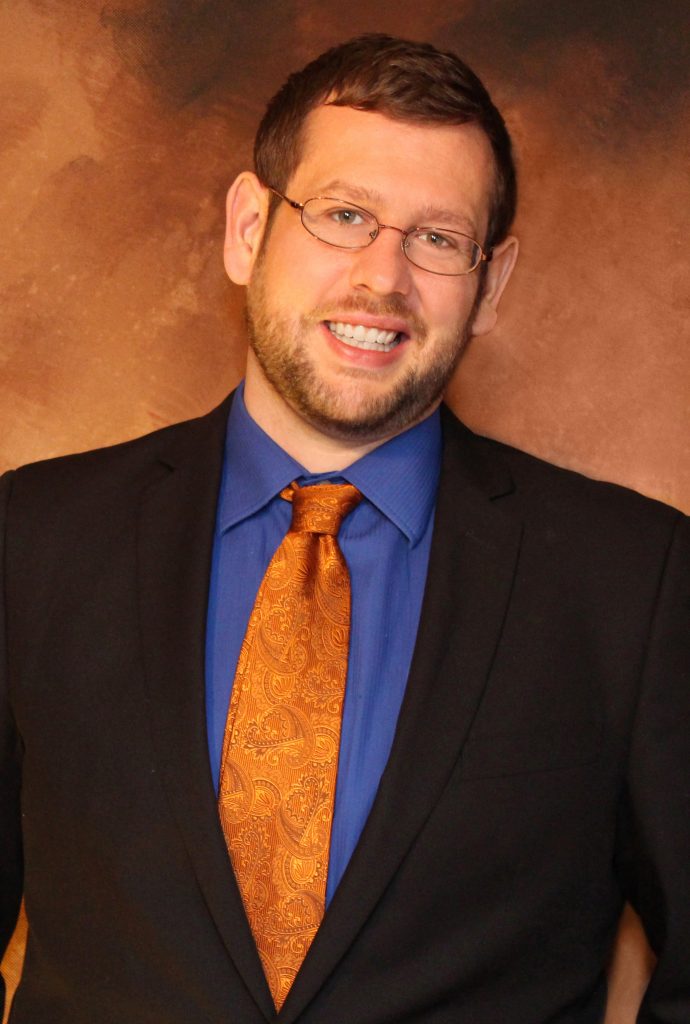
4/17/19 at 4:00 pm in Chemistry A101
About the Seminar Atmospheric aerosols are incredibly complex chemical systems with thousands of species present in yoctoliter to attoliter volumes, which makes measuring their chemical and physical properties an analytical challenge. Despite these instrumental demands, measuring aerosol properties is essential, as air pollution leads to 10% of global deaths annually, primarily due to the effects […]
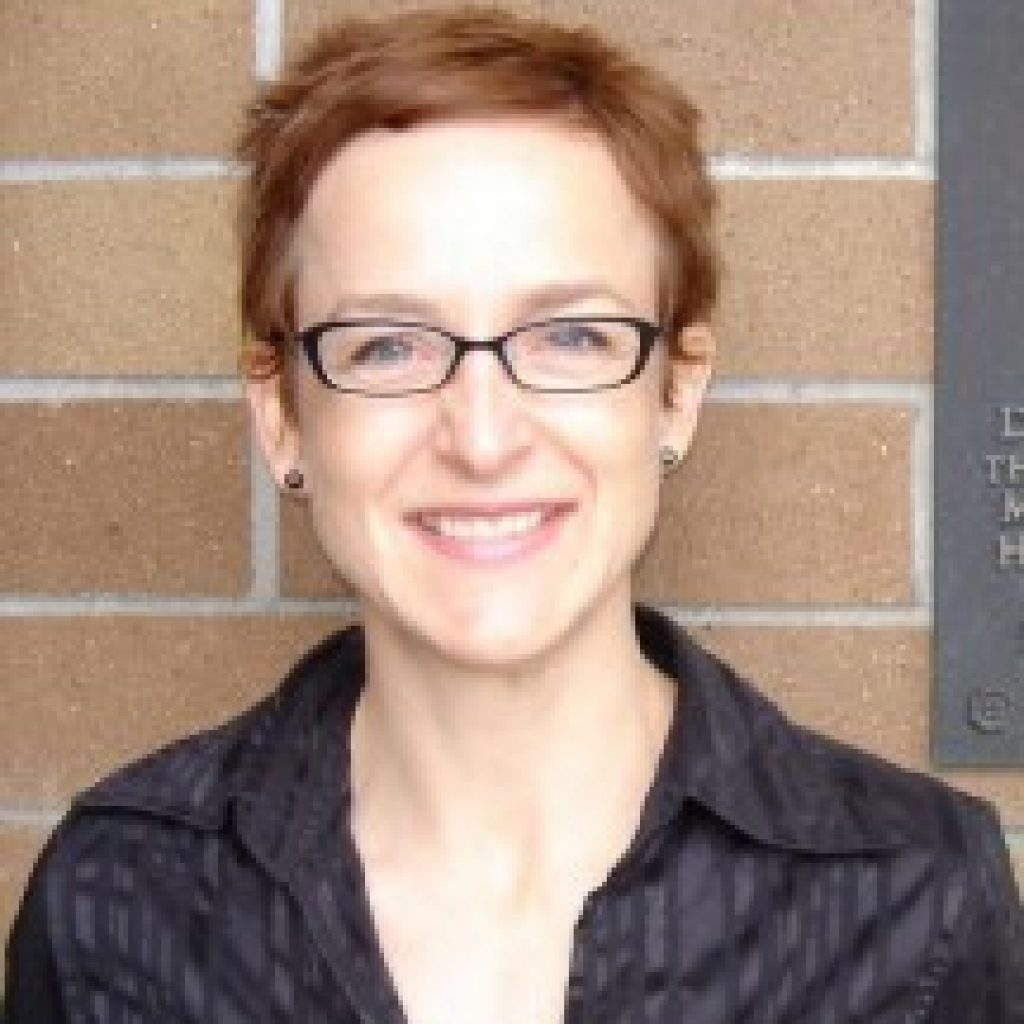
4/10/19 at 4:00 pm in Chemistry A101
About the Seminar Organic solar cells (OSCs) are a potential cost-effective way to transform solar energy into electricity due to their potential for low-cost and high-throughput roll-to-roll production. Improving the power conversion efficiency (PCE) and stability of OSCs are two of the most important tasks on the march towards commercialization. While much effort has been […]

4/3/19 at 4:00 PM in Chemistry A101
Research Seminar Abstract With the move toward citizen science to aid in monitoring air quality, the need for portable, robust, and inexpensive gas sensors has driven work into fabricating novel devices. Tin(IV) oxide (SnO2) nanomaterials are useful for solid-state gas sensors because they can detect a wide range of gases and have a relatively low […]

4/1/19 at 4:00 PM in Chemistry A101
About the Seminar It is widely recognized that dynamic environmental systems should preferably be monitored in situ, as traditional sampling and off-site analysis will invariably alter local equilibria, especially with chemical species that are kinetically labile and reactive. Unfortunately, very few such species can today be monitored reliably, as only pH sensors are integrated in […]

3/6/19 at 4:00 PM in Chemistry A101
Research Seminar Abstract: Paper has been used as a platform in analytical measurement since the early 1800s but has recently received significant recent attention as a substrate for microfluidic devices.1 Microfluidic paper-based analytical devices (μPADs) are low-cost, can facilitate reagent storage within the fiber network, and can provide fluid transport through capillary action without external […]

2/13/19 at 4:00 PM in Chemistry A101
Research Seminar Abstract Polysaccharides are used as scaffolds for drug delivery1,2. As these materials move from the lab towards medical use, a thorough understanding of their structures and related products is crucial. In this presentation, mass spectrometry will be used to identify products from a range of polysaccharide degradation protocols using chitosan as a model […]

2/6/19 at 4:00 PM in Chemistry A101
About the Seminar The brain is a highly complex and dynamic chemical system. The primary mode of chemical communication between brain cells is called neurotransmission; it is well accepted that disruptions in neurotransmission underpin the complex behavioral phenotypes of psychiatric disease. However, such disruptions are very difficult to define because it is greatly challenging to […]

10/3/18 at 4:00 pm in Chemistry A101
Literature Seminar Abstract MicroRNA(miRNA) are small, non-coding RNA that target and regulate over 60% of protein encoding genes in the human body. Due to the short half-life of miRNA and the time required for existing methods, a fast, sensitive, and highly specific method of detection for miRNA is needed. Kangkamano et al. present a novel […]

10/3/18 at 4:00 pm in Chemistry A101
Literature Seminar Abstract Although x-ray crystallography has been the gold standard, nuclear magnetic resonance spectroscopy (NMR) has also been demonstrated as an effective method for protein structure determination. NMR spectroscopy has the ability to view a protein beyond its static structure; it can yield data that gives information about its dynamic behavior as it interacts […]

9/26/18 at 4:00 pm in Chemistry A101
Literature Seminar Abstract Non-Invasive sensing is a growing global market where the need for continuous, wearable sensors is constantly developing. Specifically, biosensors have been an attractive alternative to bulky and expensive analytical instruments used in health-care today. Having the ability to monitor overall health of a patient without having to draw blood or use other […]

9/26/18 at 4:00 pm in Chemistry A101
Literature Seminar Abstract Hydrogen peroxide (H2O2) is a redox molecule produced in many enzymatic reactions and therefore an important analyte to detect for biosensors. Although electrochemical detection of H2O2 is commonly used, many commercial applications are limited by expensive electrode materials. Graphene oxide has become of particular interest as a cheaper alternative for electrode material. […]

9/19/18 at 4:00 pm in Chemistry A101
Literature Seminar Abstract Petroleum production is a multibillion dollar global industry producing over nine million barrels of oil a day. All unrefined petroleum contains sulfur which when combusted forms acid rain and smog producing SOx. Complete sulfur removal during refining is challenging due to refractory molecular structures and difficulties in their characterization. Characterization would allow […]

9/19/18 at 4:00 pm in Chemistry A101
Literature Seminar Abstract Insecticides are ubiquitous and trace levels can be found in soil, water, air, and food residues. The mode of action that causes the insecticide to be harmful to insects is also found in humans, so if humans are exposed to high enough levels, there are negative health effects. Therefore, it is necessary […]
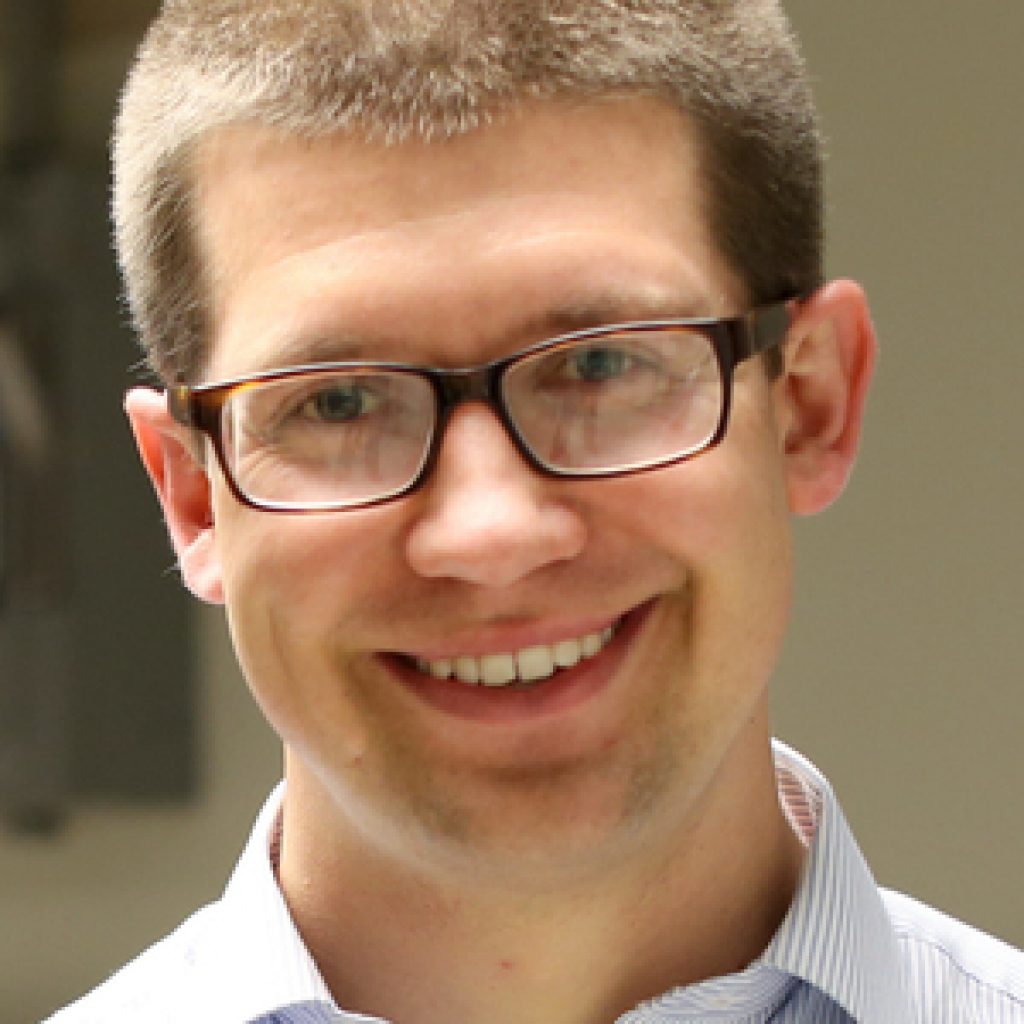
9/5/18 at 4:00 pm in Chemistry A101
Directly observing electron dynamics at surfaces is required to reveal the material properties that determine efficiency during energy conversion catalysis. Toward this goal, we have developed a tabletop instrument for femtosecond X-ray spectroscopy of surfaces. This method combines the benefits of X-ray absorption, such as element, oxidation, and spin state specificity, with surface sensitivity and […]

8/29/18 at 4:00 PM in Chemistry A101
4th Year Research Seminar: Ambient particulate matter (PM) air pollution is associated with negative health effects, including respiratory and cardiovascular diseases, and is estimated to cause millions of deaths worldwide each year.1 The current hypothesis is that PM produces reactive oxygen species (ROS) in the body, which leads to oxidative stress.2 Dithiothreitol (DTT) is commonly […]

6/22/18 at 4:00 PM in ChemistryA101
The Nature Research portfolio includes the flagship Nature title, the physical and life sciences research journals, such as Nature Chemistry, and the open-access titles including the newly launched Communications Chemistry. During the first part of the talk Andrew will discuss the different aims and scopes of the various Nature titles as well as the relationship […]

5/2/18 at 4:00 PM in A101
Room temperature ionic liquids (RTILs) have been a major focal point in many areas of chemistry and engineering due to their favorable properties and emerging capabilities. RTILs are popular as solvents for green chemistry due to their near-zero vapor pressure and negligible flammability. Their high ionic conductivity, stability, and selectivity for certain light gases make […]

4/25/18 at 4:00 pm in Chemistry A101
Accurate predication of both climate and air quality under a changing earth system requires a full understanding of the sources, feedbacks, and ultimate fate of all atmospherically relevant chemical species. Volatile organic compounds (VOCs) make up a large portion of the reactive chemical species in the atmosphere and are key components in air quality and […]

4/19/18 at 4:00 pm in Chemistry A101
My research program at Oregon State University is involved in developing new electrochemical sensors to study microbial metabolism at high spatial and temporal resolution. We are specifically interested in studying bacterial metabolic interactions with other bacterial species, biomaterials, and the immediate microenvironment surrounding the bacteria. We have developed micron-sized Ca2+, pH, H2O2, NH4+ and lactate sensors […]

4/11/18 at 4:00 pm in Chemistry A101
Organic acids are numerous and pervasive in Earth’s lower atmosphere. They contribute to ozone formation chemistry as well as the production of secondary organic aerosols, thus impacting both human and ecosystem health. Despite their relevance, organic acid budgets in the atmosphere remain poorly understood. Models underestimate measured ambient concentrations of many organic acids, suggesting an […]
